In this column, Crysta Coburn writes about crazywisdom-esque people and happenings around Ann Arbor.The fall 2019 column features, Sharon Lawlor, Branislava Dragovic, and Christine Fodor.
Circle Pines Center – Not Just Another Summer Camp
By Petula Brown
The Circle Pines Center in Delton, Michigan, distinguishes itself as a getaway locale by offering opportunities to build self-awareness via interaction as well as introspection. Their mission is to promote peace, social justice, environmental stewardship, and cooperation. Through their scheduled family-friendly events (see their online calendar), and children’s summer camps, they aim to demonstrate cooperation as a way of life. Become a member of Circle Pines (for $120.00 a year, less for low income families) and you’ll get access to early event registration as well as ticket and rental discounts, but you don’t have to be a member to have access to this 294 acres of rolling hills, forests, and lakefront property—most Circle Pines events are open to the public and the property is also available for corporate retreats, family reunions, weddings, and community gatherings, as well as being able to accommodate the lone traveler.
The annual Buttermilk Jamboree is a three-day festival that provides guests the chance to either camp overnight or visit for the day. With educational workshops, local vendors, a kid’s area, and a craft beer/wine tent, the summer Jamboree is a cornucopia of activity that highlights cooperative practices in action. The festival also gives a platform for entertainers to set a celebratory vibe for attendees. Past performers include the indie group Last Gap Collective, folk musician Britt Kusserow, and vintage blues/jazz artist Luke Winslow-King.
September’s Midwest Mushroom Camp is an opportunity to explore the area’s population of mushroom species. Culinary, crafting, and educational sessions are available throughout the weekend and make Circle Pines a prime destination for mushroom lovers. In October, visitors can experience Apple Cider Weekend. After picking apples from the Center’s orchard, guests press them into cider to enjoy during the season.
In addition to scheduled events, visitors can arrange private visits, as well as site rentals. The Center has hosted a variety of activities, including weddings, yoga retreats, and craft clubs, though Circle Pines is particularly interested in events with a focus on social justice or that have a cooperative angle. The property can accommodate 100 people during the summer season and 30 during winter months. Rentals can include use of the Center’s kitchen, or catering arranged by Circle Pines is available.
Circle Pines’ focus on group experiences is grounded in a philosophy established in 1882. As part of the Central States Cooperative League, its philosophy emphasized economic reform and peace education as well as embracing the cooperative movement of that era. Hosted at the Ashland Folk School in Grant, Michigan for 60 years, the co-op expanded and moved to its current location in 1940. It now makes its home on the property of Stewart Farm in the town of Delton. Operating as a folk school and family camp, over the years Circle Pines members (CPC’ers) have engaged in activism related to civil rights, peace initiatives, and environmental consciousness, illustrating commitment to the Center’s primary mission—to show the advantages of cooperation as a way of life.
Circle Pines embraces the natural beauty of forests, meadows, and a beach off of Stewart Lake. Although the Center has over 30 buildings, most blend into the wooded surroundings and have rustic interiors. The hub of activity, the Farmhouse, includes a commercial kitchen, dining hall, library, and meeting rooms. Its eclectic style reflects renovations done by Center members since the early 1900’s. Nearby, Swallows Lodge provides heated lodging and close access to the main bathhouse and laundry room. Dispersed throughout the property, cabins (some heated), tent sites, bathhouses, and outdoor toilets supply other accommodation options. Other amenities include picnic tables, fire pits/rings, a wood-fired pizza oven, a stone labyrinth, and a wood-fired sauna. In the spirit of sustainability and economy, overnight guests should bring their own bedding, towels, and toiletries.
As an institution founded to support cooperative and sustainable living, the Circle Pines culinary staff sources locally whenever possible. Mud Lake Farm in Hudsonville provides greens and herbs, Crane Dance Farm in Middleville supplies meat products, and the coffee served at the Center is sourced from Higher Grounds Trading Company in Traverse City. Circle Pines also has a garden, an orchard, and uses wild foods available on the property. The Center’s crops include apples, peaches, mushrooms, nettles, and black walnuts.
Given the Center’s focus on education and cooperative living, Circle Pines camping programs are well suited to create collaborative and communal opportunities. Three full time staff provides oversight for property management and public relations. There is a seasonal food service staff as well as volunteers. Many volunteers are former campers whose fond memories encourage a desire to give back. Geared toward youth participants, summer camps are the ideal time to introduce cooperative practices such as daily chores, working the camp store, and tending the garden. Campers also enjoy traditional activities like water sports, crafts, and outdoor games so their summer experience is fun as well as educational. On the Circle Pines website, interested parents can download a camp guide and apply for financial aid.
Throughout spring, summer, and fall, Circle Pines programming allows adults to experience its cooperative environment. Workbee retreats and weekend retreats offer free lodging and meals in exchange for labor to complete a variety of maintenance activities around the camp. Interspersed between cooperatively planned work tasks, free time is available to use Center amenities as well as socialize and refresh. The retreats are an ideal introduction to the Center’s philosophies as well as an opportunity to engage with the natural beauty that surrounds Circle Pines.
The Center’s membership model offers an opportunity to contribute to and influence its initiatives beyond occasional visits. It also reinforces the Circle Pines mission as an organization committed to cooperative living. During non-event periods, the rustic setting and secluded woodlands are well suited to accommodate solo travelers looking for a quiet respite. With the variety of activities, Circle Pines allows visitors to experience an expanded definition of wellness in a beautiful, natural setting.
Circle Pines is located at 8650 Mullen Road, Delton, MI 49046. You can reach them by phone by calling: 269-623-5555. Midwest Mushroom camp is September 27 – 29 and Apple Cider Weekend is October 11 – 13. To find out more information, visit the Circle Pines website, circlepinescenter.org or send an email to: info@circlepinescenter.org.
Related Content:
A Journey Through the Stages of Personal Power
Where do you derive your sense of “personal power”? How is it influenced by your environment, whether it’s a professional organization or a college campus? In her book Real Power: Stages of Personal Power in Organizations, Janet Hagberg explores six stages through which our ego travels in search of personal power, demonstrating that real power transcends achievements and external successes.
A Visit with the Women of White Lotus Farms Botanicals
I met Jess Tsomo and Kat Tsomo ten years ago while visiting Tsogyelgar Dharma Center, located on West Liberty Street in Ann Arbor. A few years after that I moved here to Ann Arbor from New York, so as to make Tsogyelgar the center point of gravity in my life. Kat, Jess, and I share a precious and magical bond as disciples of Buddhist Siddha Traktung Yeshe Dorje—the founder of Tsogyelgar Dharma Center. (Editor’s Note: For more information about Tsogyelgar, see the Cover Story in Issue #64 of the Crazy Wisdom Journal, September through December 2016, available in our archive online at crazywisdomjournal.com)
Happy, Healthy, Wealthy, Wise: Kabbalah for Kids
By Karen Greenberg
"This [Kabbalah for Children and Kabbalah Pathworking and Soul's Purpose Kabbalah] is the most valuable investment that we have ever made in our son."
— Judy Sauer, Literacy Specialist, Novi Community School District
How could a Kabbalistic approach be the most valuable investment parents have ever made in their child? And why would it be important for a child to have Kabbalah in his or her awareness?
Kabbalah is an ancient system of creation and how creation works. No one is entirely certain about where Kabbalah came from, partly because it was passed down as an oral tradition for thousands of years. Kabbalah is a Hebrew word that translates into “receiving.” We are receiving the secrets hidden in the Torah, or Old Testament, that teach us how to have a H2W2 (Happy, Healthy, Wealthy, Wise) life. The Kabbalistic system is actually the Unity energy of what is called the Tree of Life (from the Bible, as opposed to the Tree of Knowledge of Good and Evil and the Duality energy: pain and pleasure, sorrow and joy, war and peace). The energetic Tree of Life is laid out on our bodies. It has ten different spheres, each representing a different quality of God (G-D).
A Kabbalistic approach is such a valuable investment in children because it helps them reside in a more empowered version of themselves, rather than in disempowered parts. Today, bullying is off the charts—nearly one-third of all children are bullying others or being bullied, according to ABC News. Suicides are the third leading cause of death among young people, with upward of half of those as a result of cyber, emotional, verbal, physical, sexual, or social bullying (as reported by the CDC). Therefore, it is crucial that children learn to take their power back, for their own happiness and health. As the children learn about the ten qualities of G-D (like love, compassion, severity, understanding, and wisdom) in the Tree of Life, make them a part of themselves, and strive to display these qualities in as many of their interactions as possible, they become more G-D-like, and therefore much more powerful in materializing what they are attempting to create. Teaching children to live in the Tree of Life reality trains them to approach life as proactive co-creators of their dreams, goals, and purpose.
In addition to bullying, another reason why today’s children may have low self-esteem is because they feel that something is inherently wrong with them. In part, this may be because they have received diagnoses that end in the word “disability” or “disorder” (Learning Disability, Reading Disability, Attention Deficit Disorder, Attention Deficit Hyperactivity Disorder, Executive Functioning Disorder, Bipolar Disorder, Oppositional Defiant Disorder, Intermittent Explosive Disorder). But, what if they are not disabled, disordered, or dysfunctional? What if they are just different? What if their differences have been divinely coded to bring about a change of age that is now underway?
Clair-Ascension®’s approach to Kabbalah recognizes the Divinity in each child. Every child is created and equipped with exactly what that child needs to carry out his or her soul’s purpose. For example, if that child’s purpose includes revamping the entire educational system so that it will better meet the younger generation’s needs, then personally experiencing difficulty focusing or organizing or processing might prove to be essential to reconfiguring the entire educational system. Perhaps this is similar to someone who is born with Spina Bifida who grows up to become the chief pediatric surgeon operating from a seated position on children with Spina Bifida.
The younger generation is wired to reveal problems, and eventually help create solutions, not only in their school system, but in government, the judicial and political system, the economic system, organized religion, their parent’s marriage, their partner, and their siblings. In H2W2 - K4K (Kabbalah for Kids), we help the children find, then we encourage, support, and nurture, their soul’s purpose.
If the younger generation receives homework assignments that they think are irrelevant to their life, one cannot just tell them that they have to do it anyway in order to get good grades, to get into a good college, to procure a good job, to earn a decent living, and to live in a safe neighborhood. They do not care. If they consider a homework assignment a waste of their time, they refuse to do it. However, once their soul’s purpose is identified, parents and teachers do not need to motivate them at all. Their motivation is intrinsic.
Even though it is good to question, sometimes some young people can cross the line and behave inappropriately, perhaps swearing at their parents or speaking very disrespectfully to authority figures. In Kabbalah for Kids, we develop a respectful, healthy one-on-one bond with each child, modeling in class and out, respectful behavior in all their relationships.
Happy, Healthy, Wealthy, Wise - Kabbalah for Kids is also a multi-sensory approach that allows them to move, to integrate the energy of the different qualities of the Tree of Life into their bodies. We use color, quizzes, questionnaires (before and after their experience), and an ascension journey to help these children organize themselves, and their time, their papers, their room, to help them create balance in their life, to acquire healthy eating, sleeping, and exercise habits, to navigate comfortably through their low-vibrational emotions (including forgiving), to repattern their limiting beliefs, to discover their genius so that they are eager to do their work, rather than parents needing to nag. We help them with relationships and friendships, and how to have enough self-respect to set healthy boundaries and use discernment with others who may be disrespecting them, making fun of them, teasing them, and even bullying them. We assist them in connecting with the Spiritual Realm, G-D, their Higher Selves, Archangels, and Angels. We aid them in being aware that they are a spirit in a body, and as such, have a spiritual calling, a purpose, a mission, a destiny. We help them in their Divine Original Vibration Embodiment (the purity of who they were originally, before any wounding), so that they not only connect to, but embrace their authentic self, who G-D created them to be, and what G-D created them to do. We foster their living in the flow of life, at a place of inner peace, joy, and love.
Traditionally, Kabbalah was taught only to scholars of the Torah—Old Testament, and other holy books, who were married males over forty. How exciting to bring an introduction to Kabbalah geared toward fifth graders and up!
Karen Greenberg, the owner of Clair-Ascension®, offers classes and private sessions in H2W2 - K4K (Happy, Healthy, Wealthy, Wise - Kabbalah for Kids). Please visit the website clair-ascension.com or contact Karen at krngrnbg@gmail.com with questions or for further information.
Related Content:
Great Tastes in Local Food: Fall 2019
Great Tastes in Local Food, fall 2019
Book Review: Dodging Energy Vampires
This is Halloween season, and many of us love a good vampire costume, movie, or book. We might think that vampires are only the stuff of fantasy, but Dr. Christiane Northrup’s latest book, Dodging Energy Vampires, discusses just how real energy vampires are. According to Northrup, these characters do exist among us, draining another’s energy, and their primary relationships are with those who exhibit empathic personality traits.
Naomi’s Wilderness Adventure
ver since we adopted our cat Naomi from the Humane Society four years ago, she has been content to live her life as an indoor cat. That is until one Sunday in late April, when the sights and smells of spring got to be too much for her, and she escaped unnoticed—probably while my husband was taking out the trash.
When Old Becomes New: The Hidden Power of Plants in the Matthaei Medicinal Garden
Upon arrival the Matthaei Botanical Gardens may seem a bit intimidating, with a barrage of rattlesnake warning signs posted along the long winding drive through the wild, prairie-like, bucolic setting. But once you pay for your parking at the self-pay port and enter the arboretum or gardens, you are transported to a happier place from within the deep recesses of your childhood memories. It is altogether beautiful, peaceful, and engaging. There are many display gardens and areas of interest, but this article focuses exclusively on the outdoor Medicinal Garden.
Feminism. Beauty. Queer. Art. Patriotism. Democracy: A Conversation with Local Artists John Gutoskey and Jen Talley
The election of President Trump has had an unexpected outcome: vigorous art production. Expressive signs, creative slogans, snappy comebacks, elegant visuals, perceptive one liners, parodies, comedies, dramas across all art forms, expressing particular values, have emerged, especially among social groups the President mocks, degrades, and denies. In response, artists celebrate their existence, dreams, loves, goals, aspirations, and an expansive idea of “freedom and justice for all.”
Reflective-Meditation-for-Worriers
Almost everyone I know worries at times, some more than others. A very few lucky people report little to no worrying. I’m not one of them. In periods of high stress, it even affects my sleep. I have a hard time falling asleep or I wake up frequently thinking about the same thing over and over. Worrying can involve anxiety, fear, anger, hopelessness, irritability, hostility, helplessness, and depression. It takes its toll on our physical health—headaches, stomach aches, migraines, sleeplessness, fatigue…the list goes on.
Renewal for the Body, Mind, and Spirit at Grass Lake Sanctuary
Clinical trial. Deductible. Dosing. Pre-op. Protocol. Blood work. If you are familiar with any of these terms, you’ve likely had some encounter with health care services in the United States. However, the traditional medical model – a condition-focused, interventional approach controlled by clinical providers – toward health and wellness has been challenged. In seeking recovery via alternative models, Americans are exploring options beyond the doctor’s office. The Ann Arbor area is a nexus for many of these resources, including Grass Lake Sanctuary, a nature-focused retreat space in Manchester that has served the region for over ten years.
Leaps of Faith: The Unicorn Feed and Supply
This column is a look at brave souls who have taken a leap of faith to open their own businesses in and around Ann Arbor. What follows are personal profiles of business owners following their dreams and thriving despite the odds. This issue we feature Unicorn Feed and Supply in Ypsilanti.
Revalue: Making the Shift to Ethical, Value-based, Local Investing for All
Angela Barbash knows about financial challenges. Of Mexican and Italian descent, she’s the first generation not to work on a migrant farm, but grew up in a poor neighborhood in Westland. Now a wife and mom herself, Barbash recognizes the intimidation of learning financial management. At her Ypsilanti- based company Revalue , Barbash educates and empowers people to change their lives and their communities through ethical, local, micro-investing. She worked on the MILE (Michigan Invests Locally Exemption) Act, presents at socially responsible investing conferences, and is preparing to host a national conference on community capital in Detroit in June 2019.
Eats From the Streets: Your Next Foodie Adventure
The phrase “street food” may not sound too appetizing, but the real dishes behind the term are now considered by many to be the most authentic sampling of a culture’s cuisine, made popular in part by celebrity foodie Anthony Bourdain, who was a huge fan and helped to elevate street food’s popularity with his travel shows. Street food is sold from baskets, pushcarts, trailers, and trucks. What all of these modes have in common are their transportability, and they’re usually found very close to, if not parked on, the street.
Bee Sweet: A Local Solution For Preserving Your Food and the Environment
Despite the fact that starting any new business often comes with overcoming financial hurdles, working up the courage to start can often be the hardest part in and of itself. It’s easy to get overwhelmed by all the work that goes into running a business. The thought of hiring employees, managing the day-to-day operations, and trying to turn a profit can be a lot to juggle. However, I have discovered a local entrepreneur that dispels many of the myths centered on running a successful, and environmentally sustainable, business.
Mindfulness for Little Ones
Imagine a group of four-year-olds sitting cross-legged on the floor, eyes closed, listening intently to the sound of a chime. As the ringing stops, the children’s hands rise from their laps and settle on their bellies. They breathe in… and then out. When their eyes open, they share how they’re feeling. “Calm.” “Tired.” “Hungry!” This is how my preschool mindfulness classes begin. While it may be hard to imagine, kids as young as three can become mindfulness practitioners! Basic mindfulness skills taught at an early age can help young children to stay healthy and balanced as they grow.
Random Acts of Kindness-- The Great Casserole Challenge
You can see the evidence of random kindness in every season—it’s not hard to find. For me, it happens a lot in winter, after a heavy snowfall. More often than not, I’ll look out the front window, dreading the fact that I’ll have to shovel the walk, only to discover it’s already been cleared by a sneaky neighbor! Suddenly my claustrophobic winter dread is replaced by the joy of new snow glittering in the sunshine. The day is now extra special because someone went out of their way to make it so.
The Art of Humanizing Robots: An Interview with Cre Fuller
In the heart of Ypsilanti is an artist’s studio that feels, at times, both rooted in the future and the past. Glass eyes of various colors stare at you from every direction. Dentures riveted into metal figures bare wild grins. There is a nostalgia here; a feeling of things lost and found again. But there is also a sense of creation, of assemblage. It is a peek into a modern-day Dr. Frankenstein’s mind. A human-meets-robot dreamscape brought to life in rivets and metal. This is Cre Fuller’s studio.
Healing Our Ancestors: The Importance of Ancestral Relationships
By Diana Quinn Inlak’ech, ND
In traditional cultures worldwide, the honoring of ancestors has existed in some form throughout human history. Traditional cultures wove cosmologies around relationship with their ancestors, the natural world, and cycles of life and death. In the span of human evolution it is only in the relatively recent period that ancestor worship has become less widespread. In the West, this shift is intertwined with cultural fear of and avoidance of death and poor cultural competency with processing grief. However, in recent years, the human need to connect with our ancestors has found a new outlet through modern developments in science and technology. These advancements offer new insights to interconnection with our ancestors for contemporary Westerners who are often skeptical of the non-material and unscientific.
Who are the ancestors? They are the people in our family trees who are remembered and whose names are known from the previous generations. The ancestors are also those to whom we have been joined through chosen family, adoption, and deep heartfelt connection. In addition, they are the unnamed distant relatives in those family lineages from beyond recorded history. Our deep ancestry connects us all from the beginnings of humankind through our shared origins on the African continent with "mitochondrial Eve." Ancestral awareness connects us to all of those who have gone before.
The call to deepen my own ancestral practice grew alongside my study of the clinical application of epigenetic science. The emergent field of epigenetics has settled the debate for once and for all: human development is shaped by both nature AND nurture. The term epigenetics means "above the genome", and is the study of how genes interact with the environment to determine their expression. Epigenetic research reveals that aspects of lived experience are heritable, influencing genetic expression by turning genes "on" or "off." This revelation has tremendous clinical value because we understand that genes are not one’s destiny, but rather, gene expression can be modified. It has become quite accessible to test one’s DNA via kits ordered on the internet and then use the raw data in analysis for epigenetic markers and single nucleotide polymorphisms (SNPs). Single nucleotide polymorphisms are the most common type of genetic variation among humans. These epigenetic factors determine genetic expression and many can be influenced by modifiable lifestyle factors like diet and exercise. In my clinical practice I often assess epigenetic variables to formulate an individualized health plan with patients in order to optimize wellness and minimize disease risk.
Epigenetic factors are also shaped by stressful experiences, emotions, and even more subtle factors that influence our lives. As Tolstoy wrote, "All happy families are alike; every unhappy family is unhappy in its own way." Family shadows such as divorce, addiction, and abuse generate adverse childhood experiences (ACEs) and are known to produce epigenetic changes that impact future health outcomes. The results of the CDC-Kaiser ACE Study revealed not only the correlation of adverse childhood experiences with poorer health later in life, but also the widespread prevalence of the continuation of adverse childhood experiences in the following generations. Of the 17,000 people who were interviewed for the original study, 64% reported that they had experienced at least one ACE. Traumatic ancestral experiences affect the health and happiness of future generations. In studies of descendants of Holocaust survivors and survivors of the Dutch famine, researchers discovered physiologic changes which occurred as the result of trauma experienced generations before. According to Dr. Rachel Yehuda, principle investigator of epigenetic research on intergenerational trauma, rather than interpreting the findings with resignation, the data can be empowering. The fluidity of genetic expression revealed through epigenetic research also highlights the potential of therapeutic modalities to shift health outcomes.
In the United States, there is a profound legacy of intergenerational trauma from colonialism, Native genocide, and slavery, which informs contemporary systems of oppression. In our current shifting political climate, the surfacing of these wounds—which have always existed, but were previously marginalized by the dominant culture—invites an opportunity for healing. We live in a world of disconnection and division by race, gender, class, religion, and national borders, all of which are human constructs. What are the ways that our ancestral lineages embodied these experiences? How were they harmed, or how did they uphold these constructs? Ancestral healing work is an invitation to take responsibility for our lineage. Through examination of our ancestral inheritance, we can interrogate, provide redress on behalf of, and ultimately forgive our ancestors for their shortcomings. We can see the ways in which they contributed to the present day "dream of life" that is out of balance, so that we can appropriately correct course. Ancestral work is social justice work, and we each have a role to play. Acknowledging and healing our collective cultural and historical trauma is a critical form of social justice activism. We do this work in our lifetime to transmute unresolved ancestral and cultural baggage so it is not carried forward, so we can dream a better dream for future generations.
As is the case for many of us, my heritage is a complex blend of intersections that can be confusing to grapple with: British colonial settlers, Spanish conquistadors, and Indigenous peoples of Mexico. Although the majority of my genetic makeup is European (from the United Kingdom and Spain), the 22% of my ancestry that is Native North American is the part that garners the inquiry, "Where are you from?" In this "melting pot"of a country in which we live, those of us with ambiguously non-Anglo appearance get this question often. It is a reminder that we are Other. My own curiosity about my indigenous ancestry led me to explore the roots of my Mexican heritage, as well as to better understand my white settler origins. These threads get pulled in the tapestry of family history, showing up for example in my maternal grandmother’s great pride in her Castilian Spanish ancestry which set her apart from the Indio background of my grandfather’s line. Ancestor work is complex and can give us opportunity to reckon with the echoes of how individual family patterns resonate with the current of wider historical conflicts. All of these and more are alive within each of us.
Ancestral work is an act of radical self-care and self-love. By putting our attention on our ancestral lineage we connect to the resilience, beauty, and brilliance of those who came before. We receive the help and support from our healthy and loving ancestors of the distant past. We integrate these gifts and provide care and healing for ourselves as we extend care and healing to our ancestors. When we engage in ancestral repair, time is non-linear. In living our fullest embodied lives, we are healing those who came before and those who will come after. We honor the cycle of life and death and acknowledge that we will become the ancestors of the future. When we as a culture restore our relationship with our nonliving relations, our capacity for kinship expands to the other-than-human, whom we can also consider our relations and ancestors. We weave ourselves back into the web of life and the natural world. To paraphrase botanist, and member of Citizen Potawatomi Nation, Robin Wall Kimmerer, how do we engage with the lands on which we live as if they are the lands from which we will be the ancestors, lands that we want to remember us with gratitude?
To be a good ancestor in training, we can begin with establishing an ancestral practice. One route to this work is through prayer, meditation, and visualization. If there are ancestral reverence practices in the tradition of your bloodline, exploring and practicing those is a great place to begin. Raised Catholic, I grew up lighting candles for family members who had passed and honoring All Saint’s Day by visiting grave sites with flowers and cemetery candles that would be kept burning for the entire month of November. Later in life I reclaimed my ancestral tradition of celebrating Día de Muertos, or perhaps my Mexican ancestors reclaimed me. Over the years my celebration of this holiday has expanded to last several weeks with an elaborate ofrenda altar and preparation of special meals. The ofrenda is an altar space with photographs and relics of my ancestors, with offerings of their favorite foods and beverages, and flowers. Altar creation is a simple practice for ancestral reverence, designating a physical space in your home with a representation of your lineage and sitting with an open mind and heart. Ancestral connection is also available through formal ritual; spiritual traditions worldwide include the role of ceremonial ritual in ancestral practices. In his book Ritual: Power, Healing and Community, Malidoma Somé calls ritual the "anti-machine", restoring our psychic foundation and our need to live in relationship with other human beings and the natural world. Through ritual we create room for the sacred, which holds us in the work that we cannot do alone. Ritual has a reparative function, mending the fabric of our souls and restoring aspects of our psyche that have been fragmented, allowing reintegration. Whether done individually or in community, ritual is a powerful component of ancestral work for transformation and for mending ruptures in our lineage. Ancestral work is often grief work, and it is the work of attention and care. Dedication to these practices can bring about healing for oneself and one’s lineage in both directions, transforming the narrative of the past as well as what is left behind for future generations.
I believe that ancestral connection is a critical component of restoring balance in these times. This work has been central in my own healing journey and is a component of the healing work I do with others. So often the physical, mental/emotional, and spiritual malaise that people are living with have a root in inherited ancestral patterns. Regardless of one’s religion, spiritual tradition, or lack thereof, there are many accessible ways to reconnect with ancestry. For the practical and scientifically minded, exploring genealogy or doing DNA testing opens up connection with one’s lineage. Don’t be surprised if after opening the line of communication, synchronicities and family ties come out of the woodwork. Ancestor work provides individual and collective healing that is an essential part of planetary healing, and reconnects us to cycles of life and death and our part in the natural world. It is our gift, our birthright, and ultimately our sacred responsibility.
Diana Quinn Inlak’ech, ND is a shamanic practitioner, ceremonialist and naturopathic doctor specializing in integrative mental health and mind/body medicine. She has been studying shamanism and natural medicine for over 25 years. Her office is located at 560 South Main Street, Ann Arbor, or give her office a call at: 734-945-6210. For information about her upcoming ancestral healing workshops and services, visit www.drdianaquinn.com









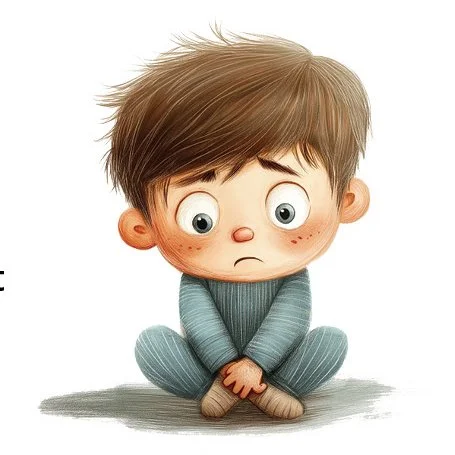
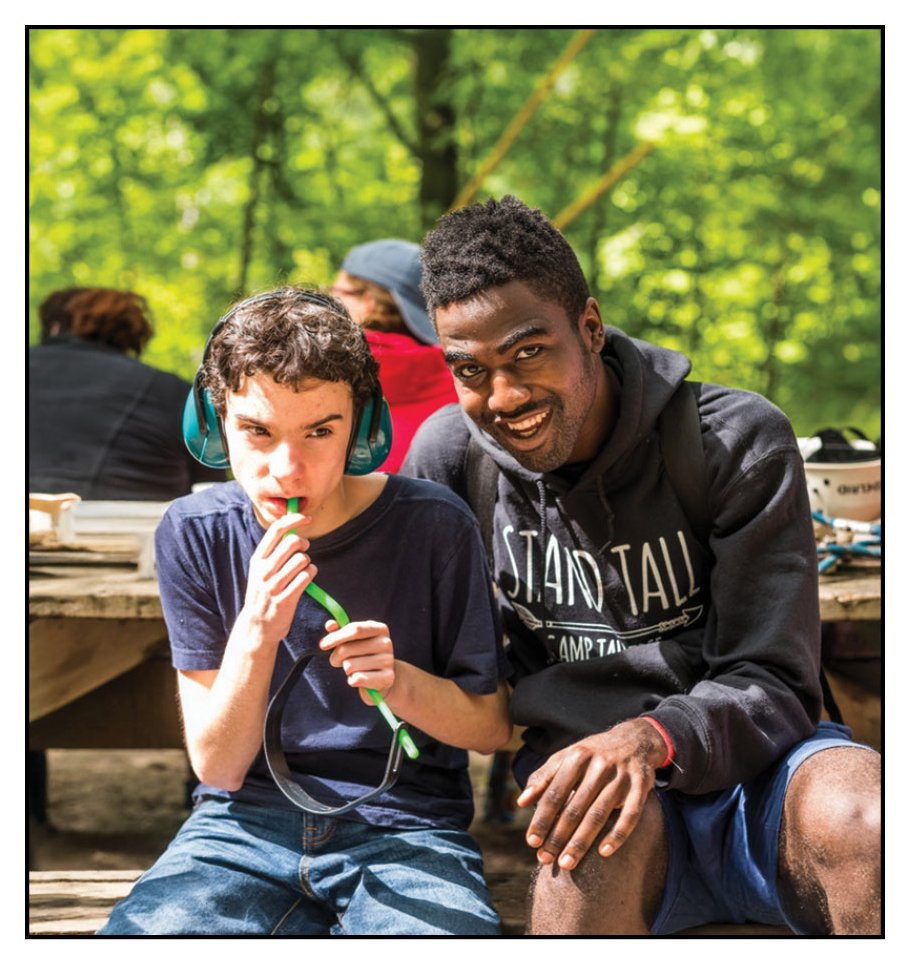


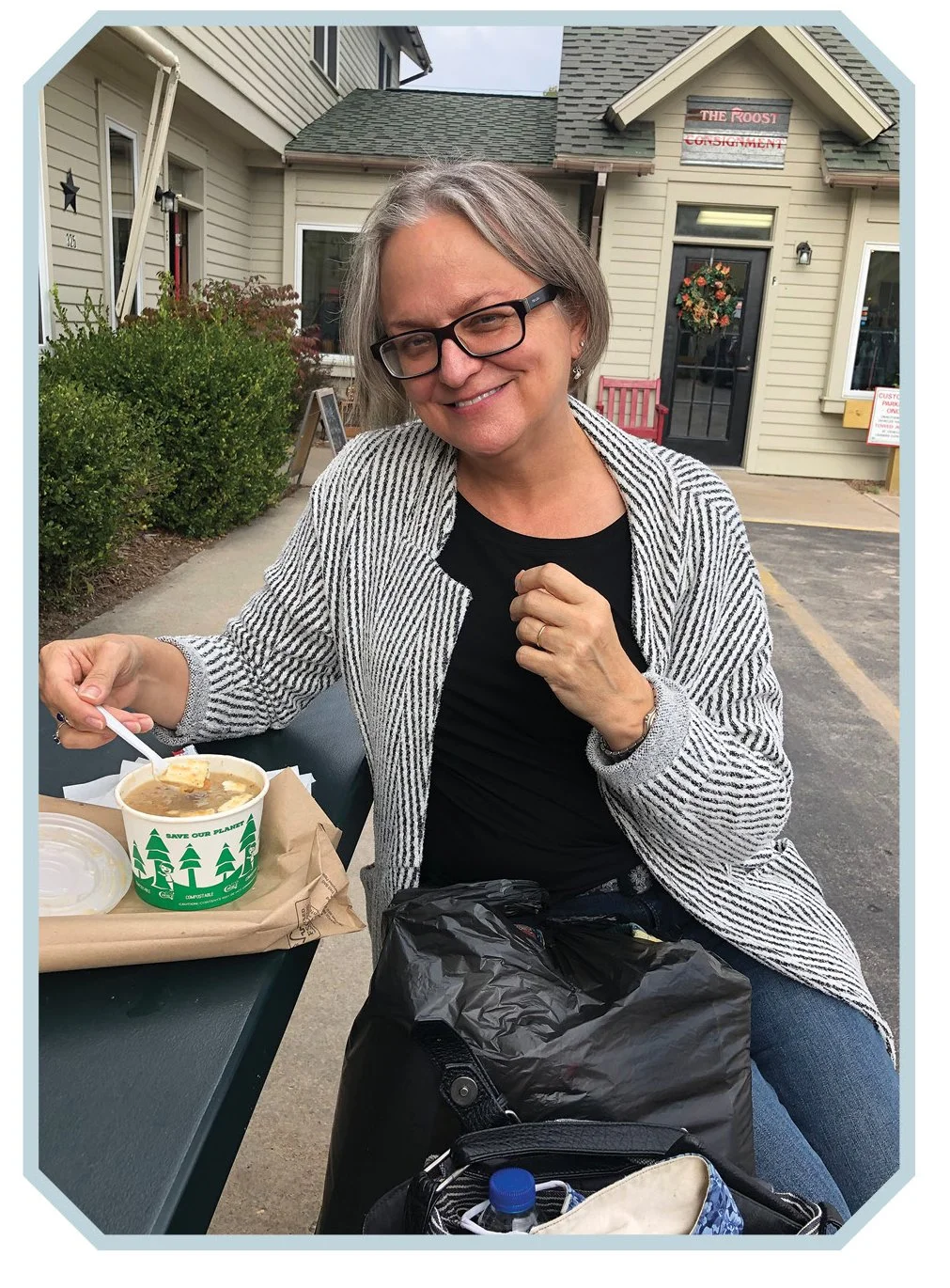





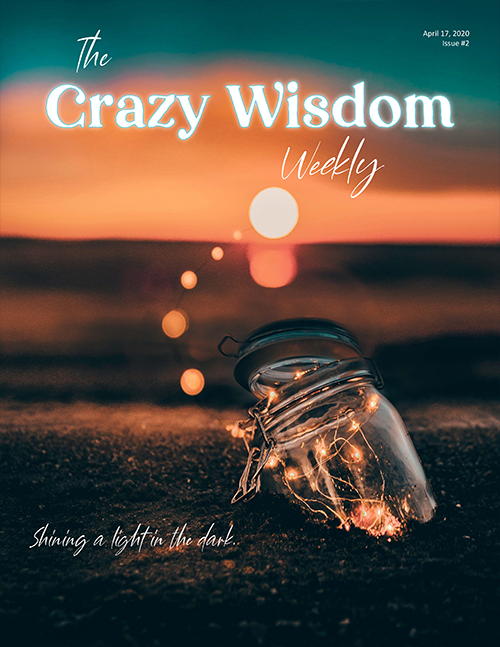
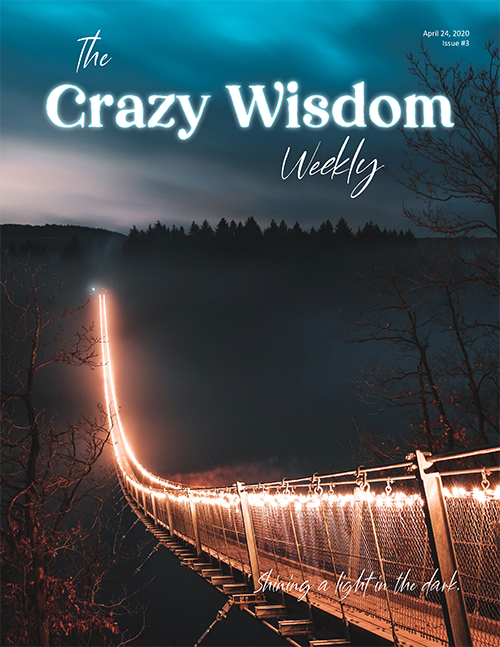

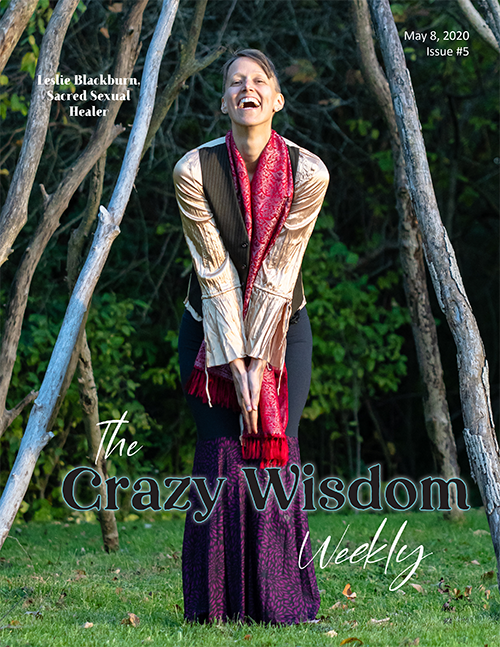
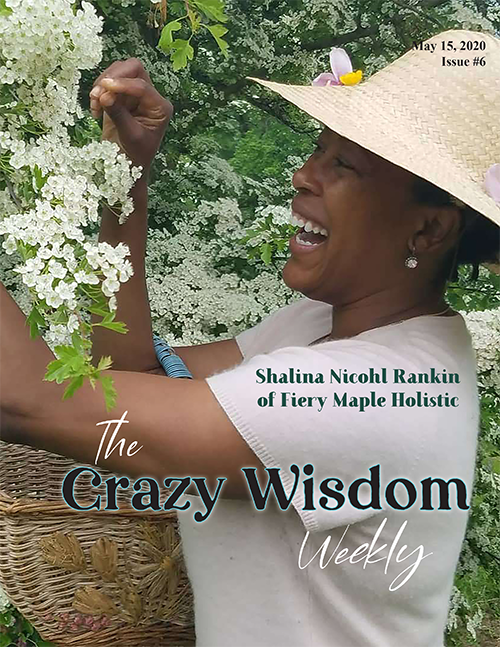
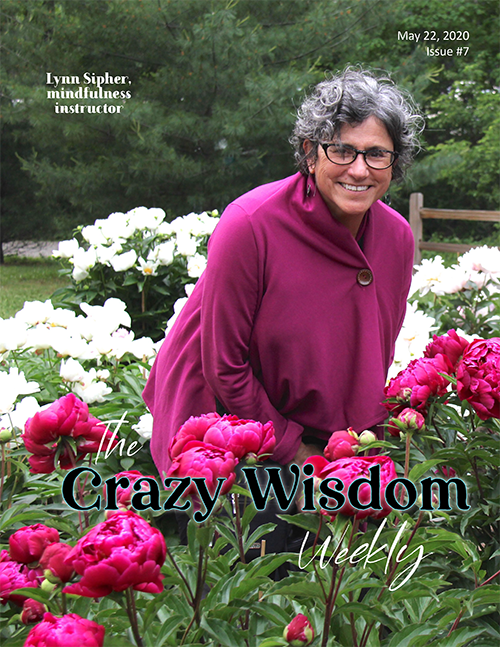



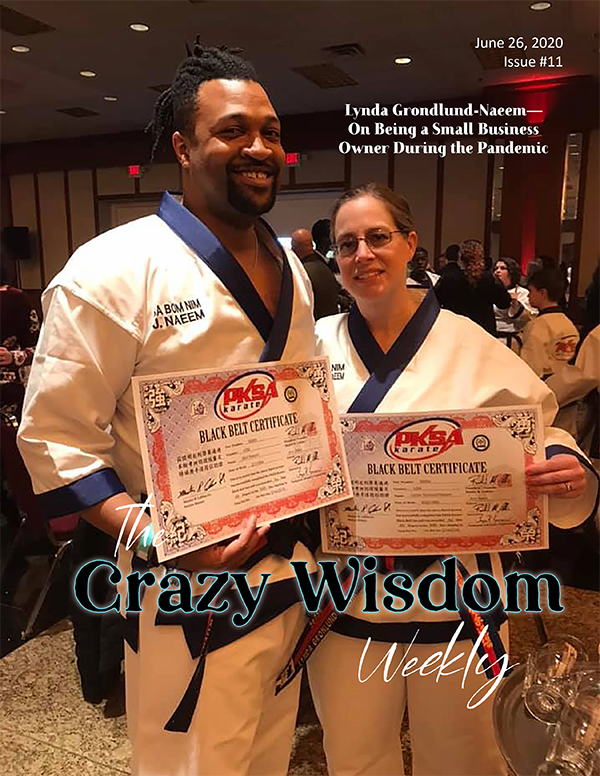
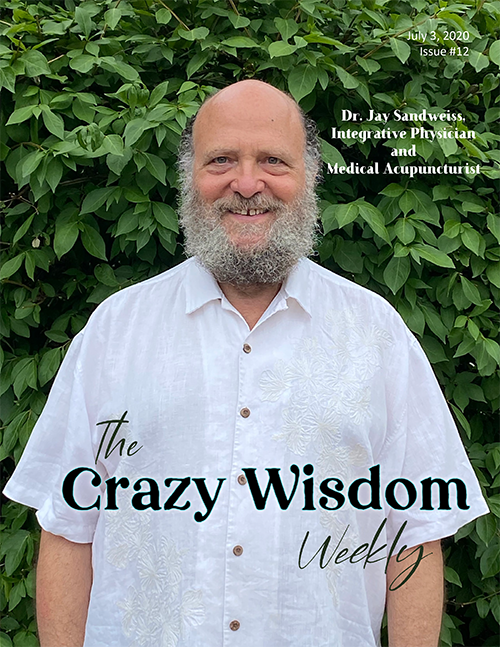
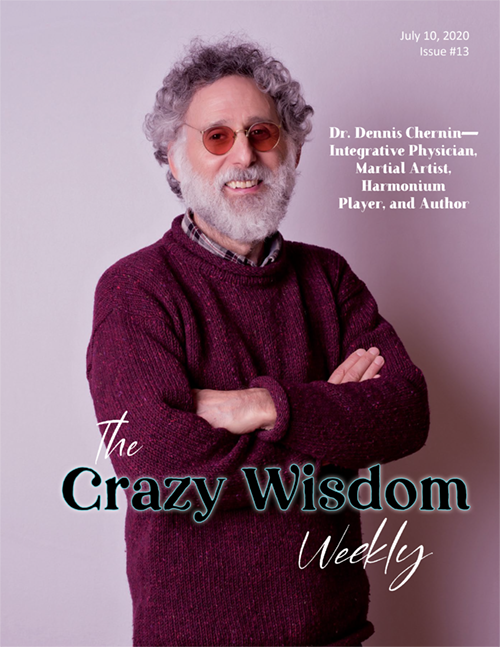
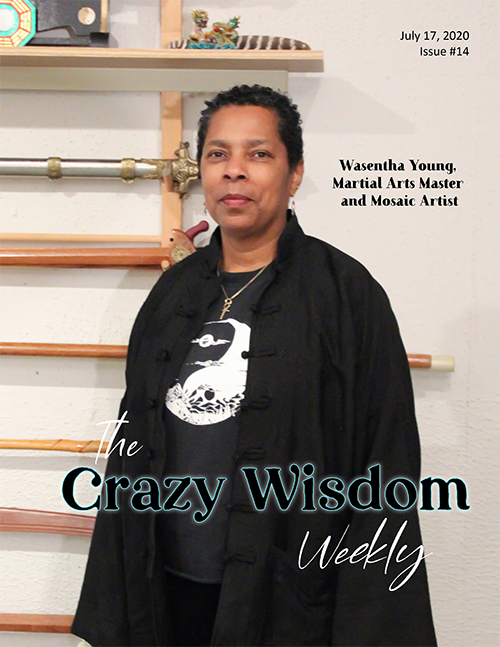
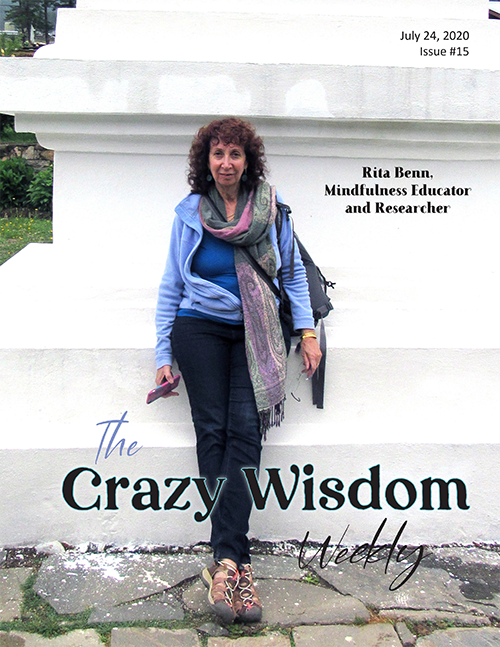


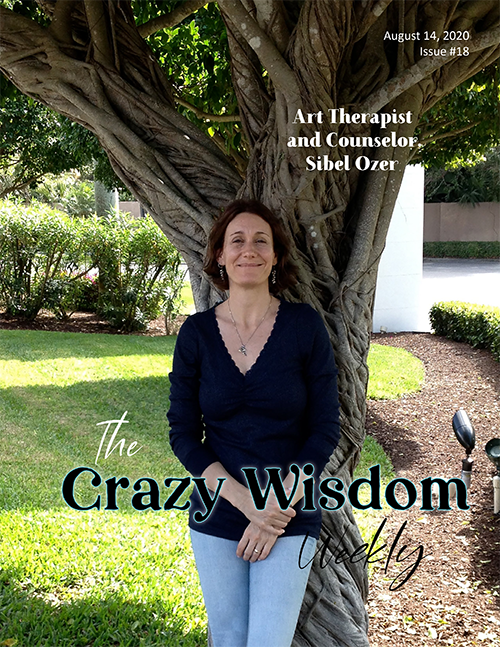
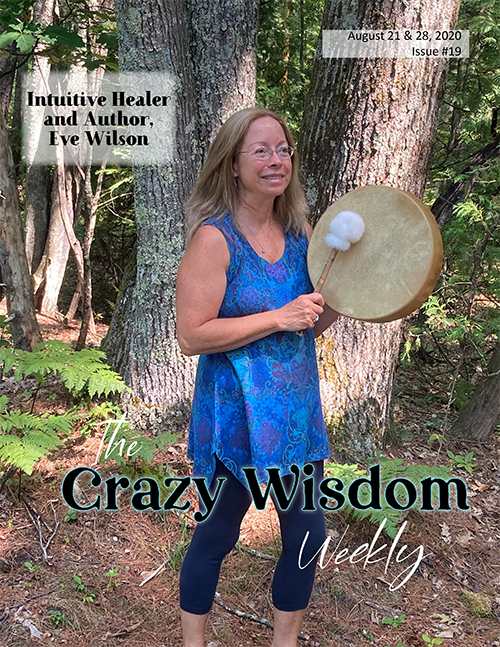
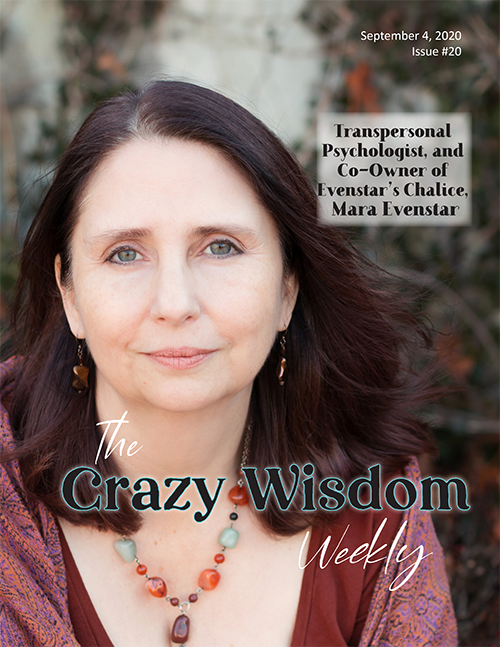

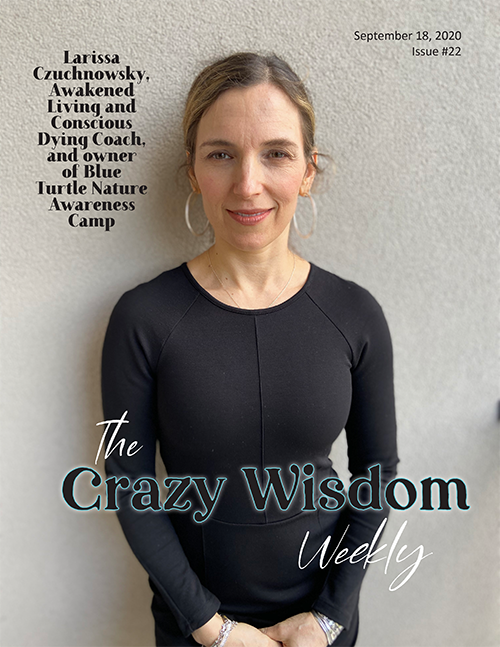



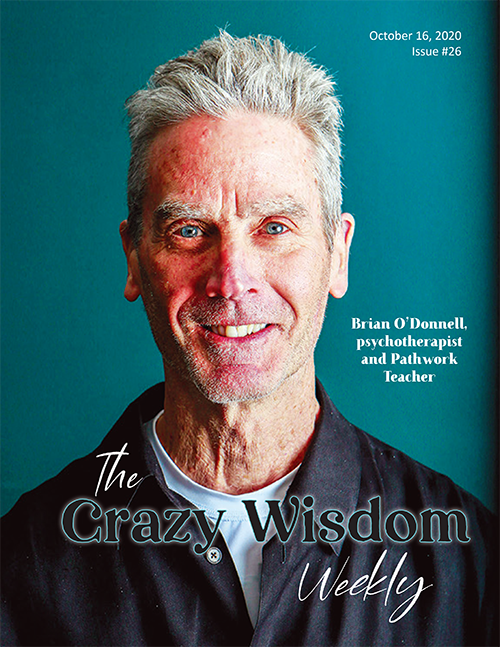

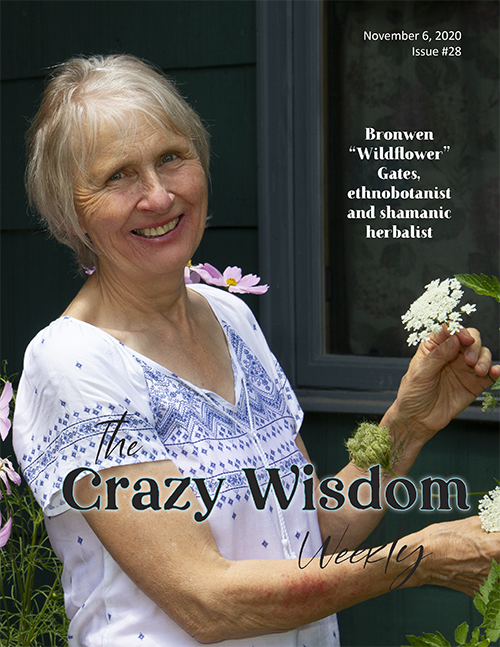
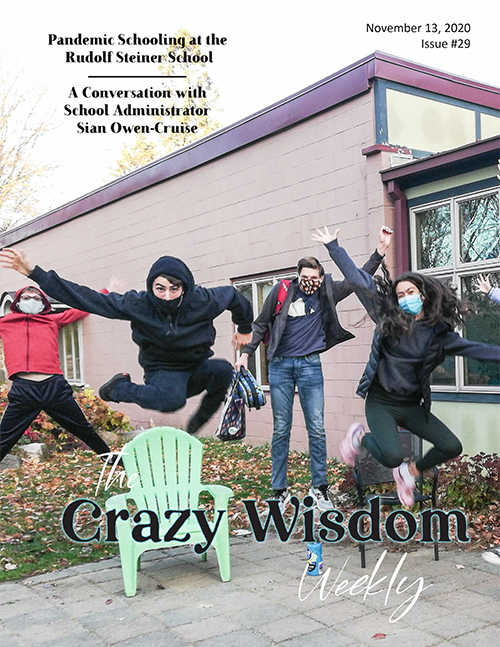
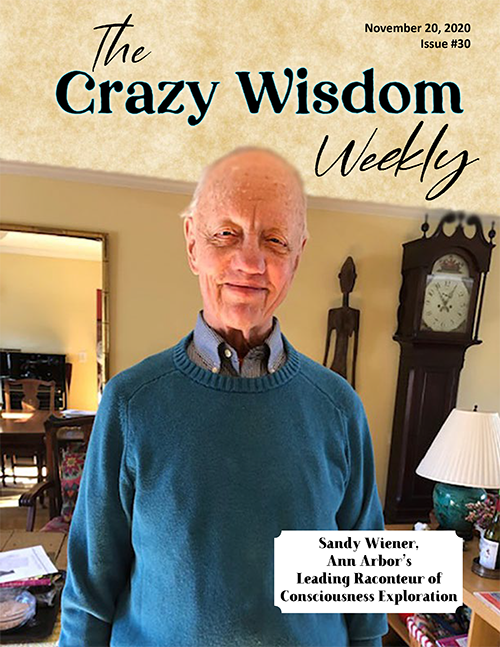
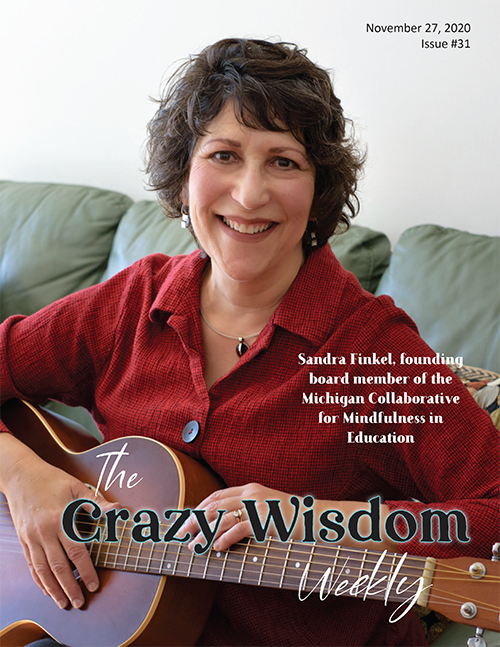
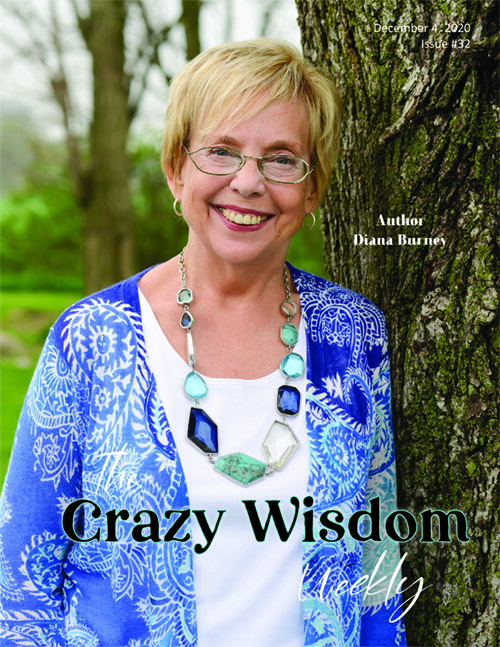
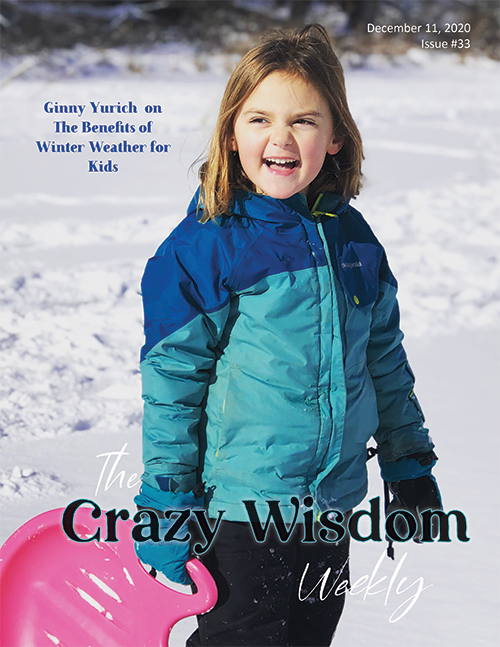
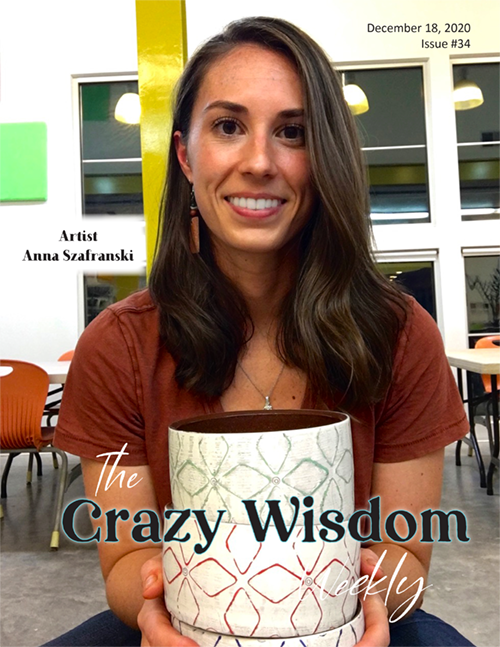
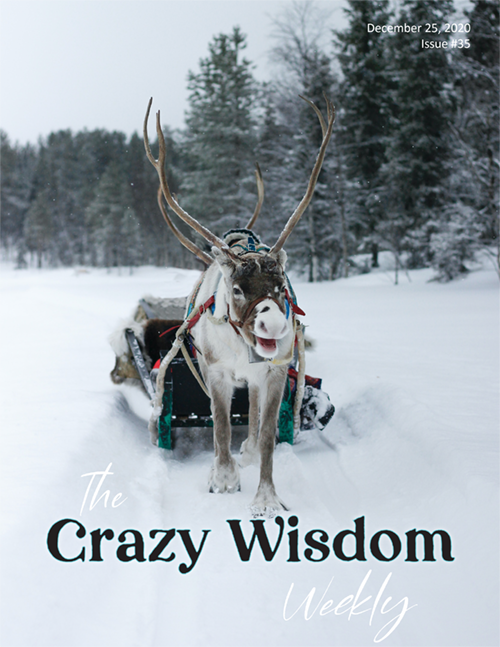
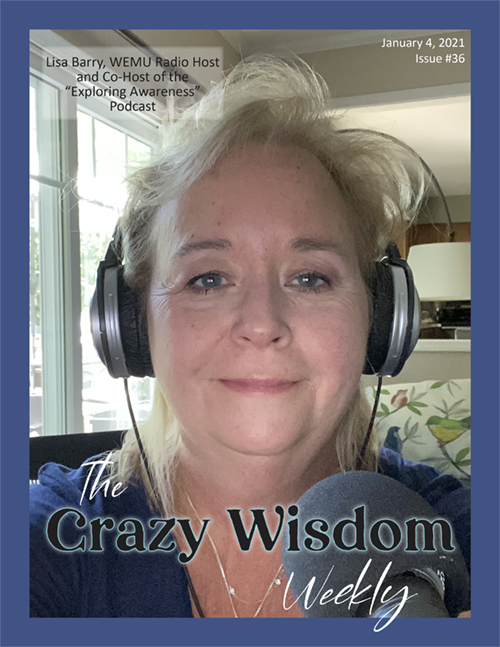
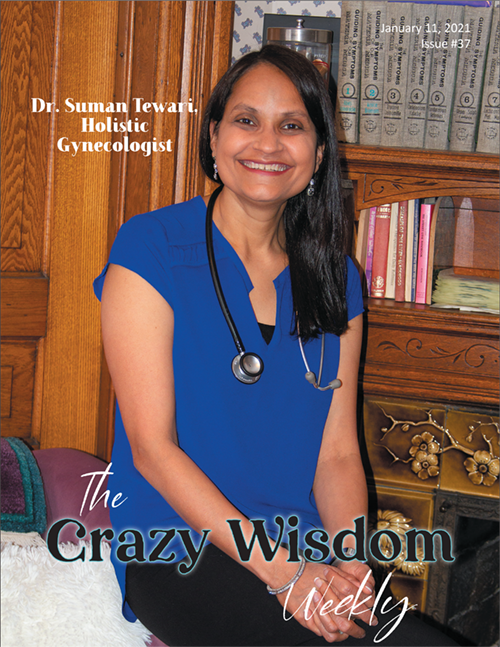
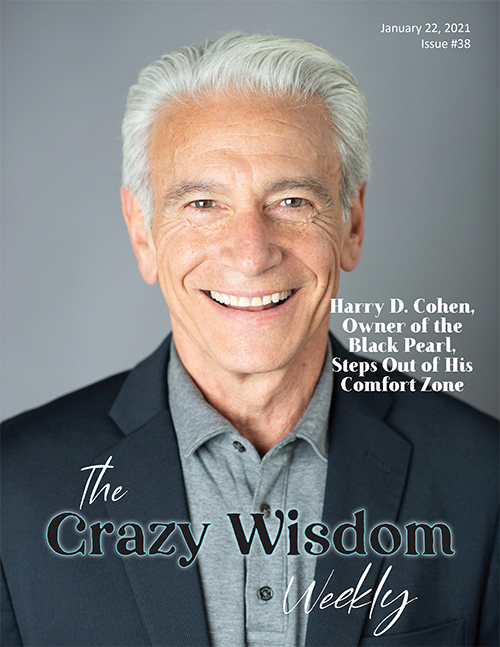

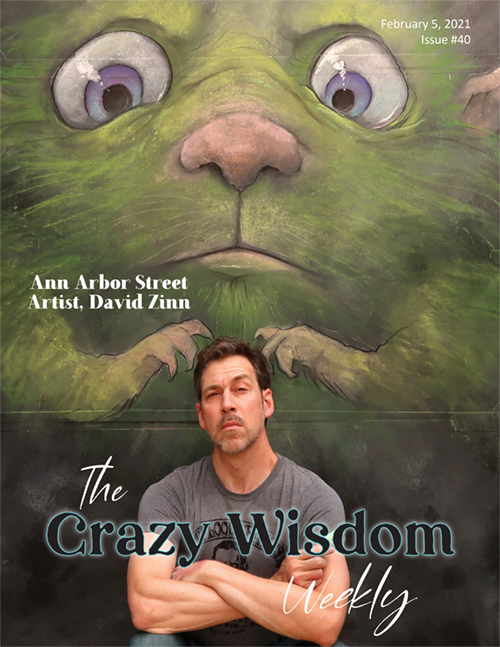
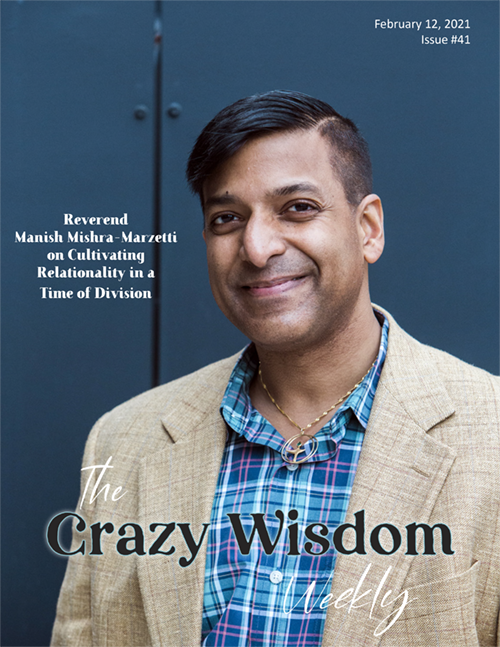
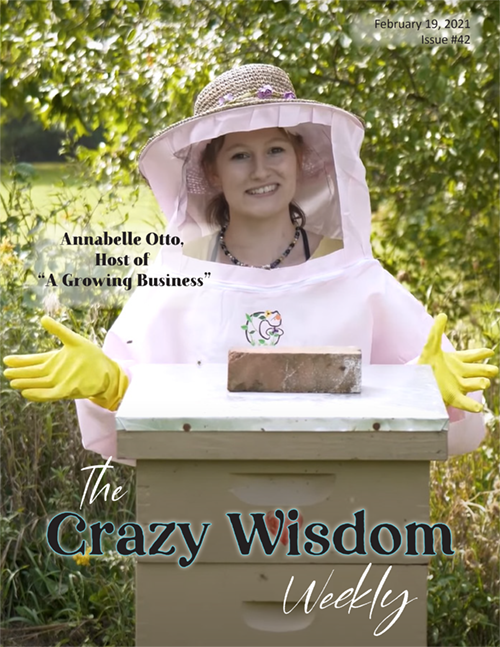
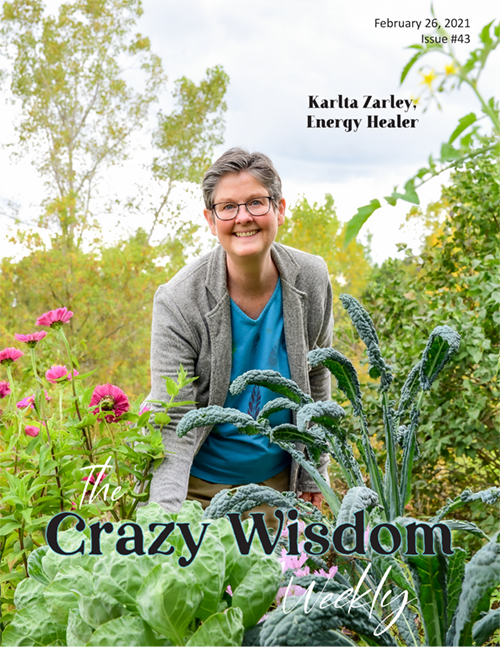
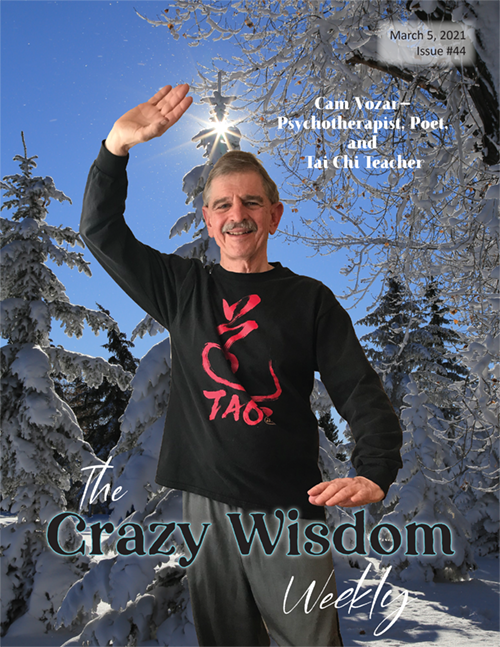
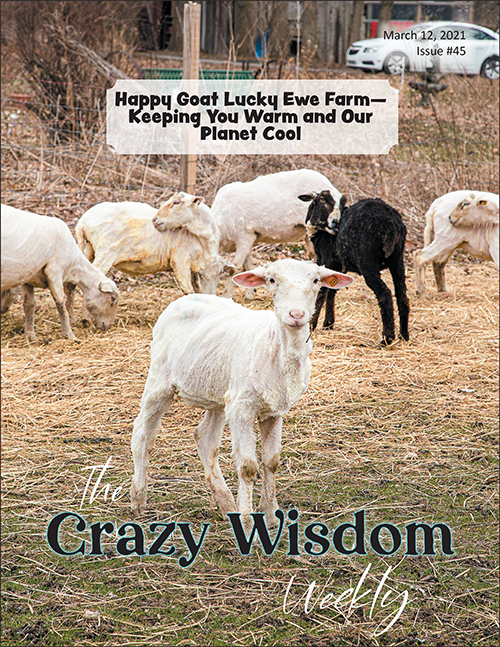

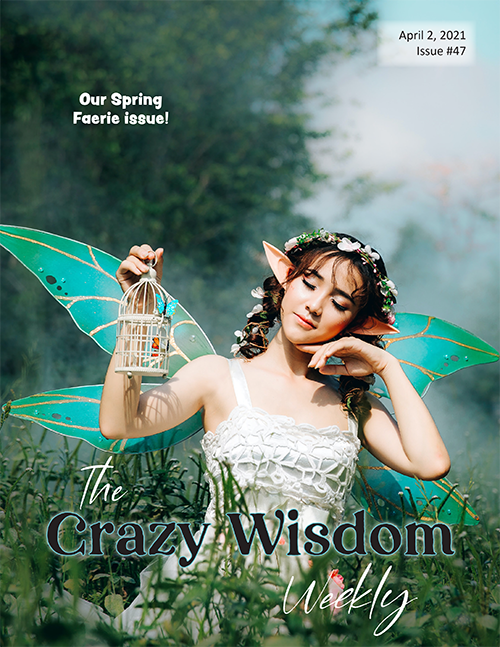
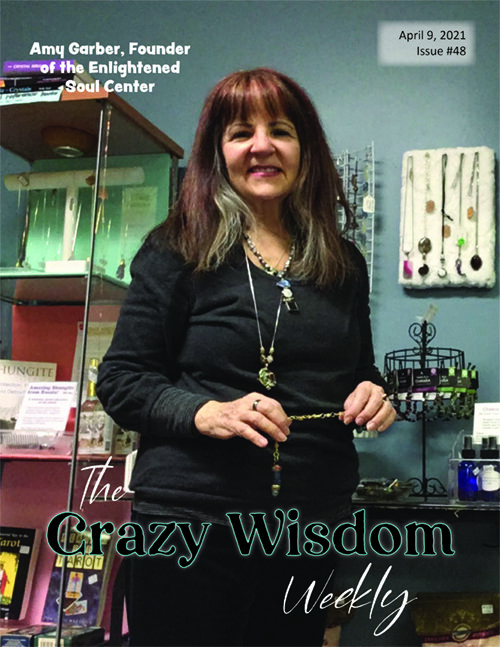
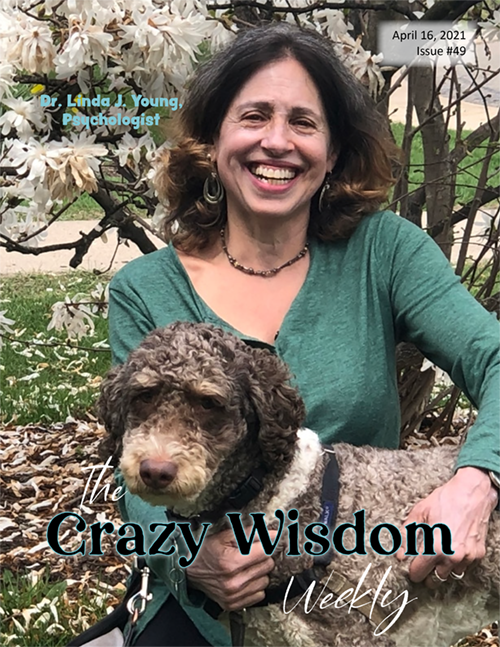
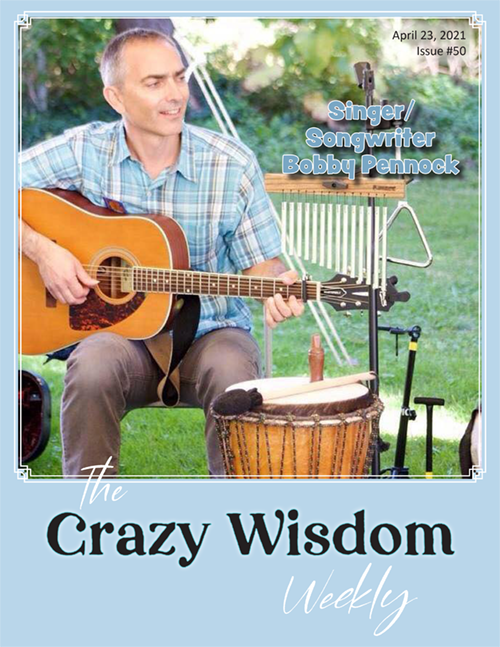
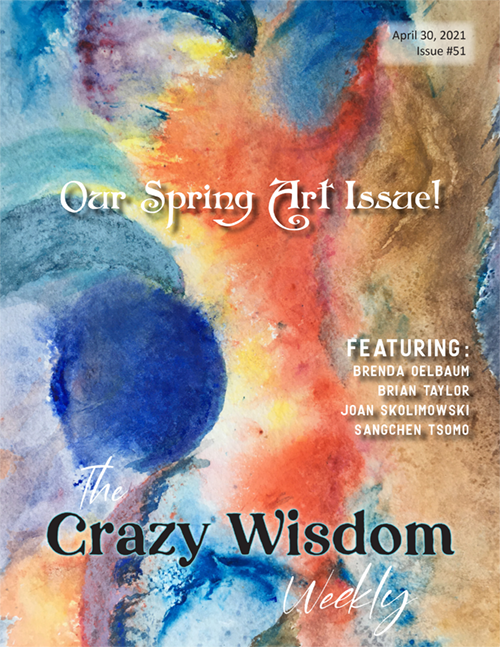
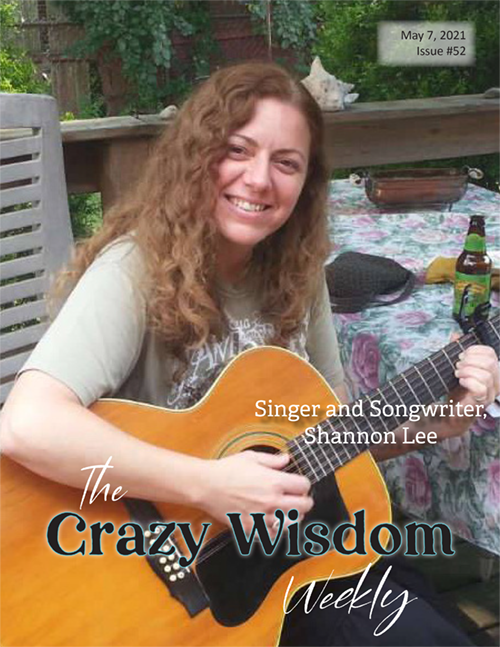



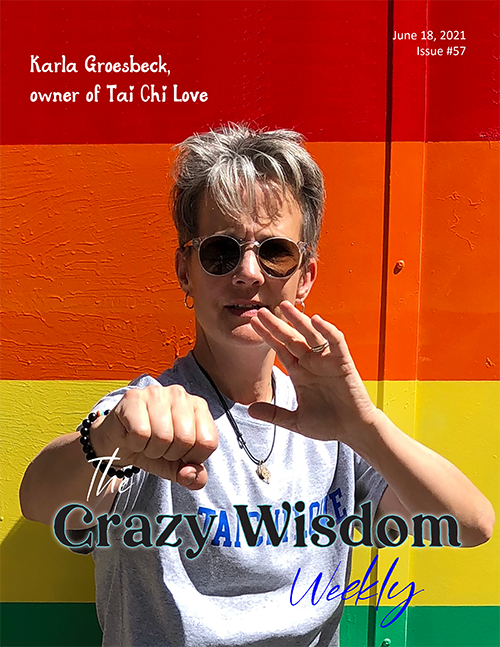

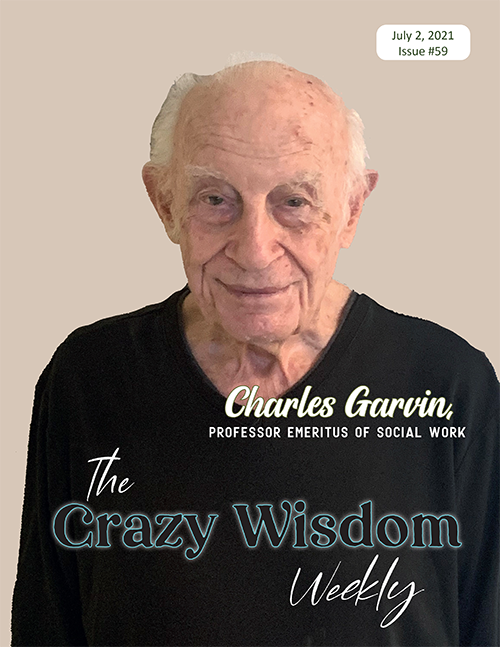



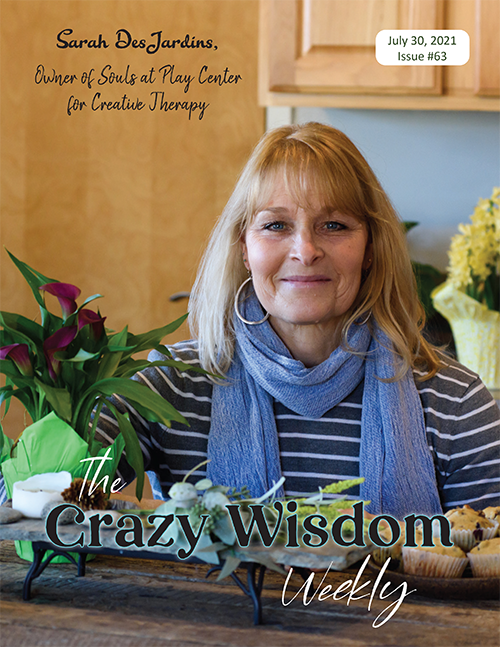
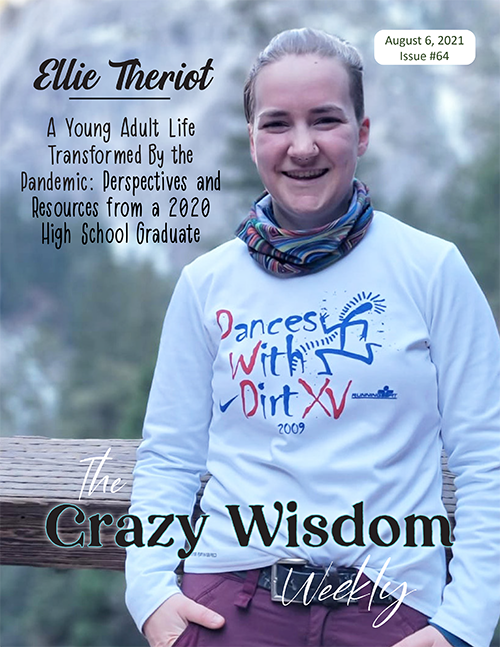
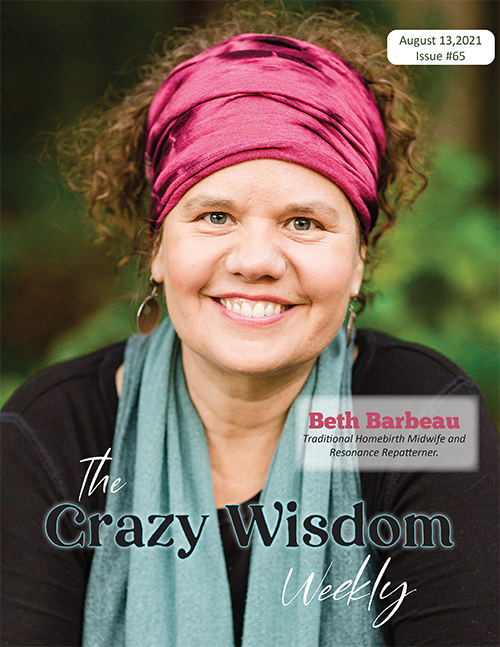
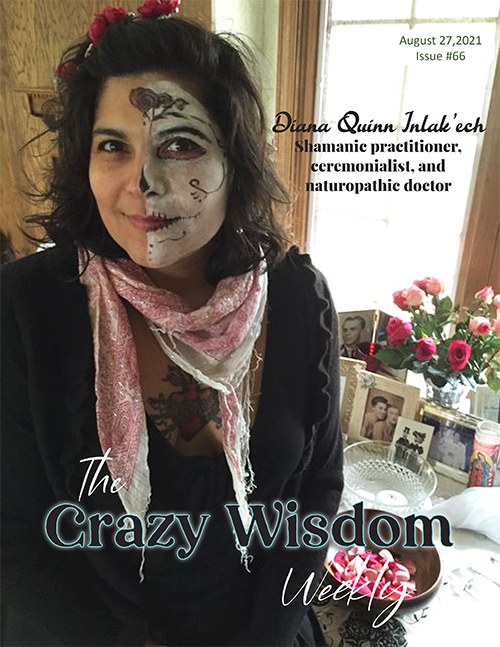

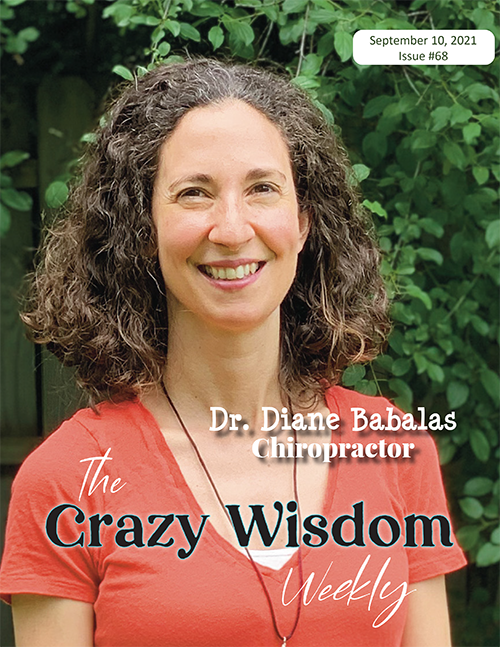
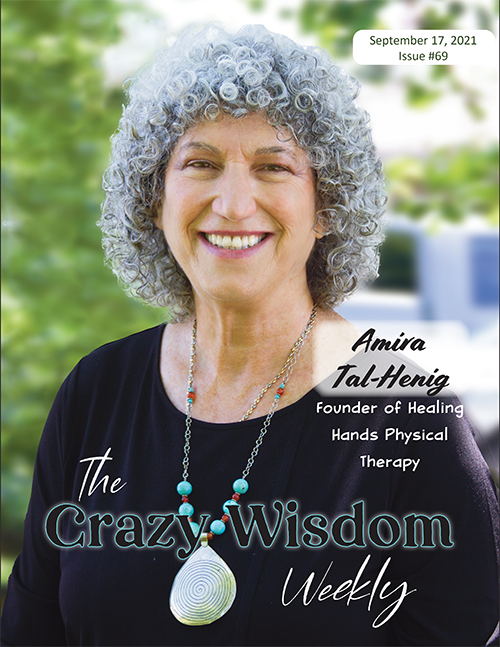
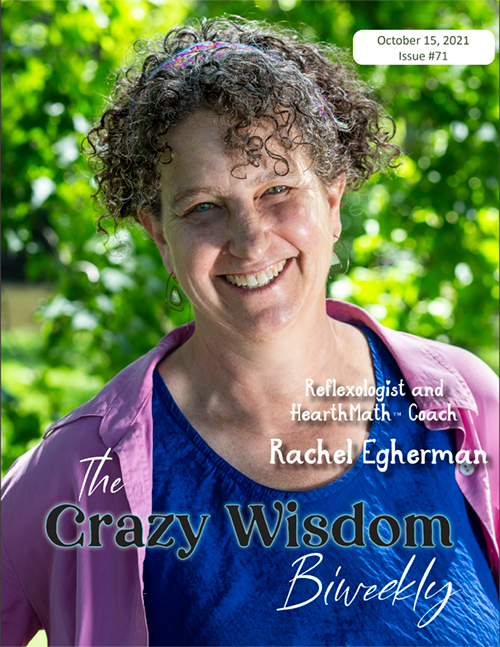

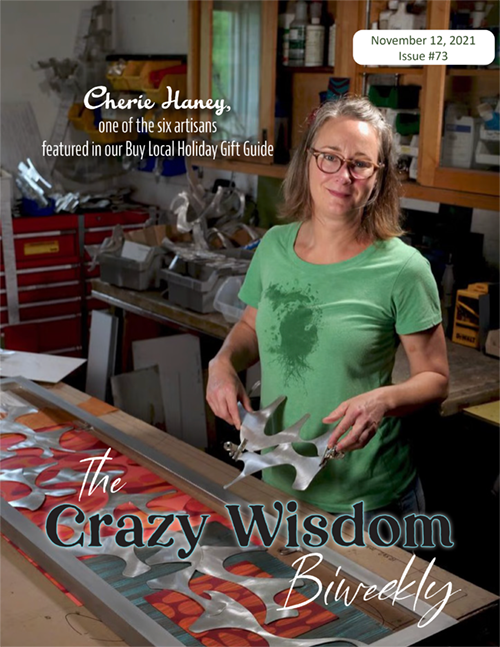
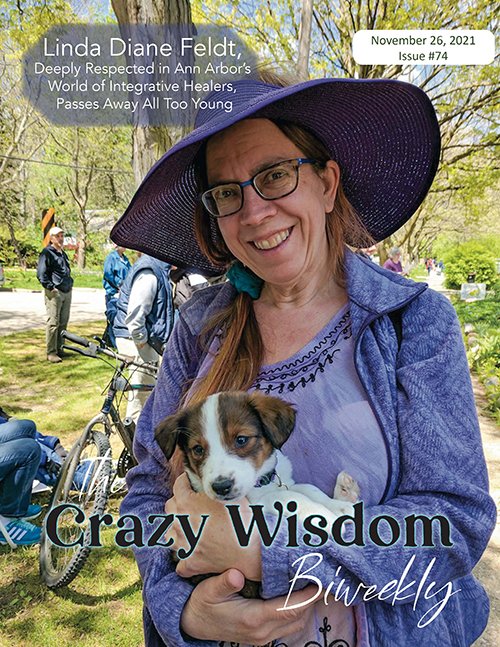
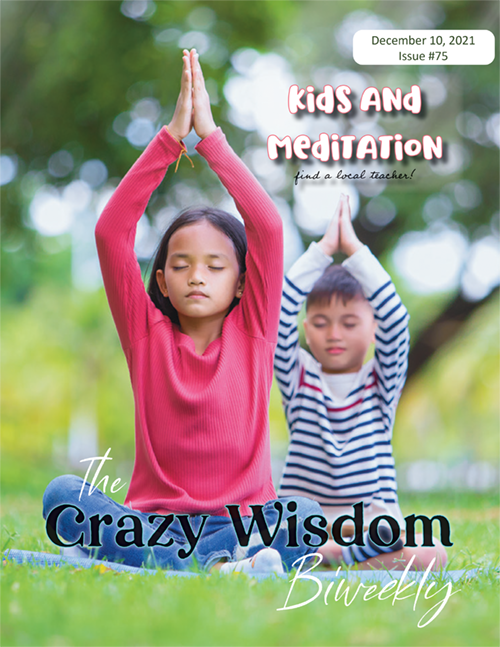
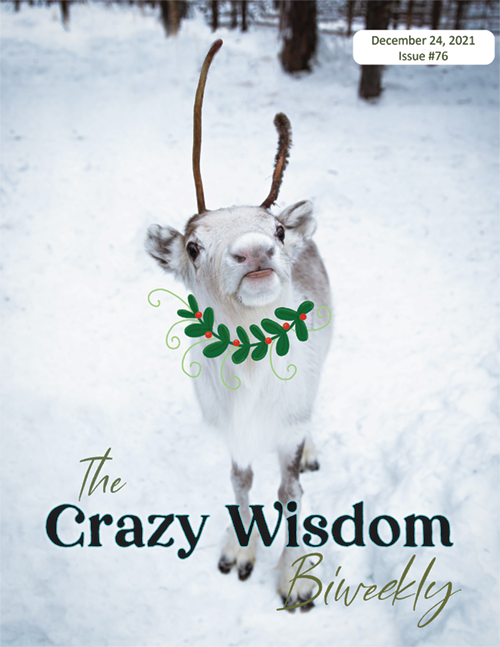

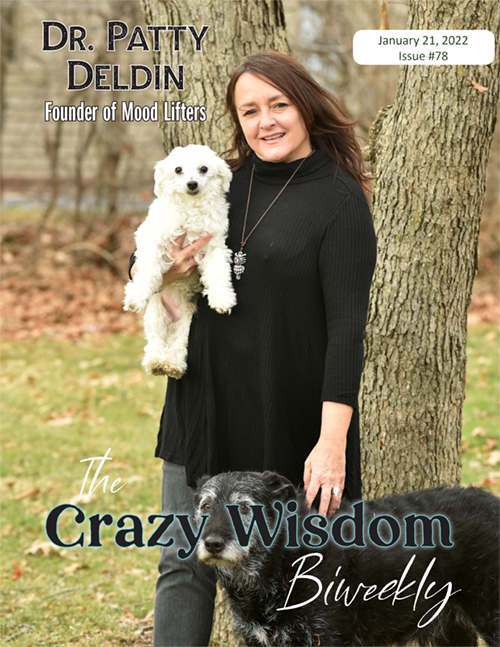
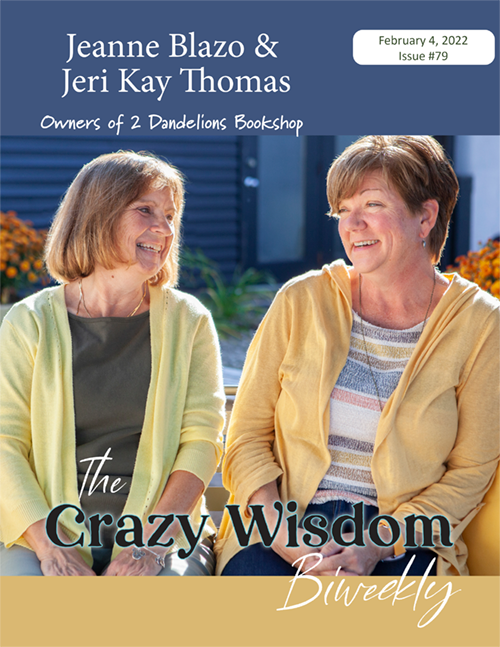
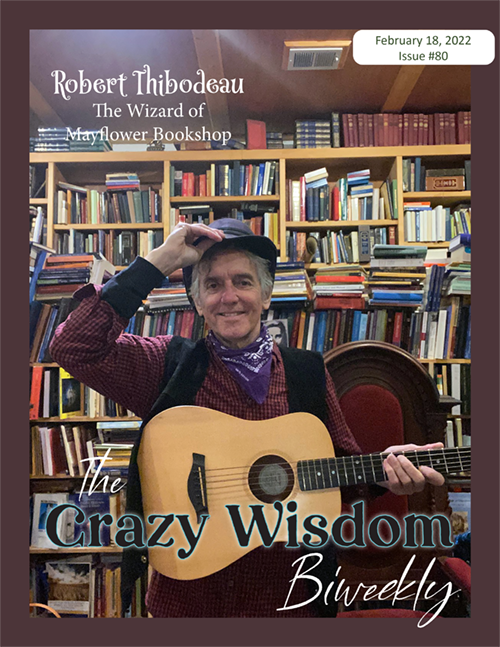
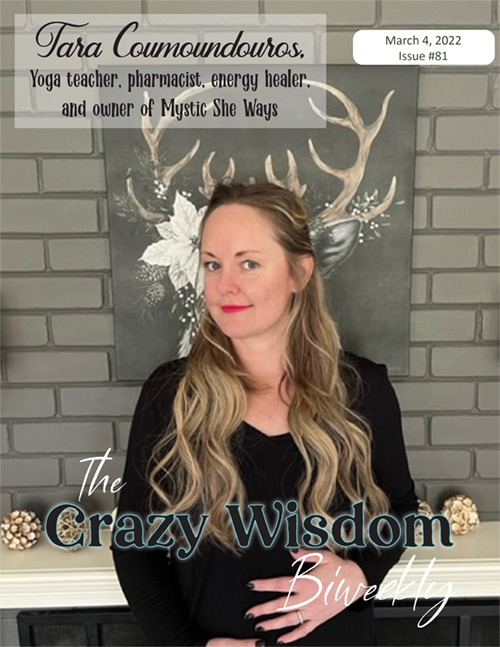

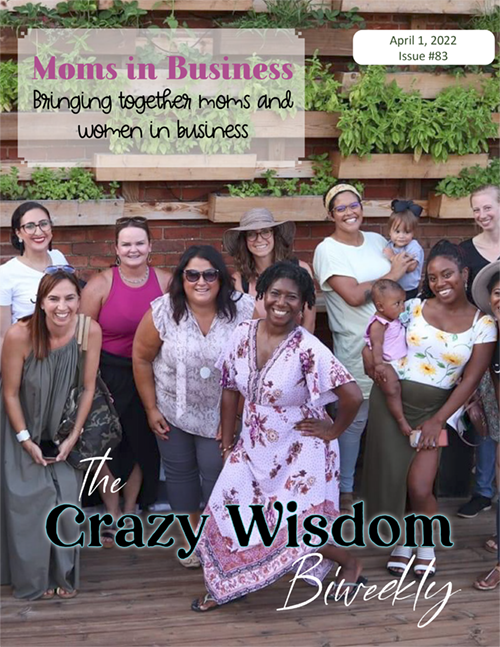
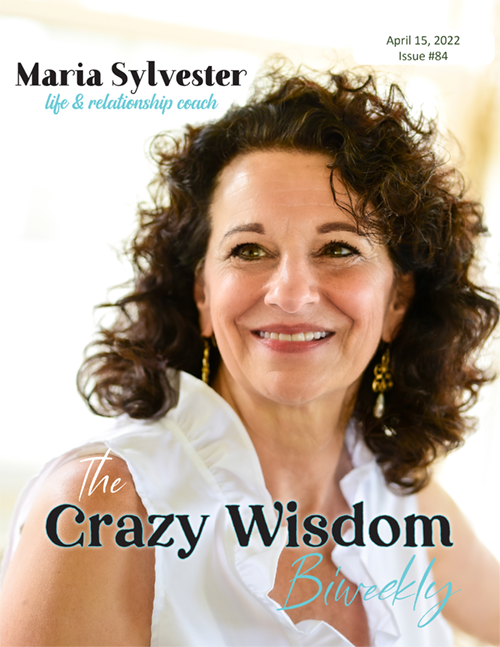
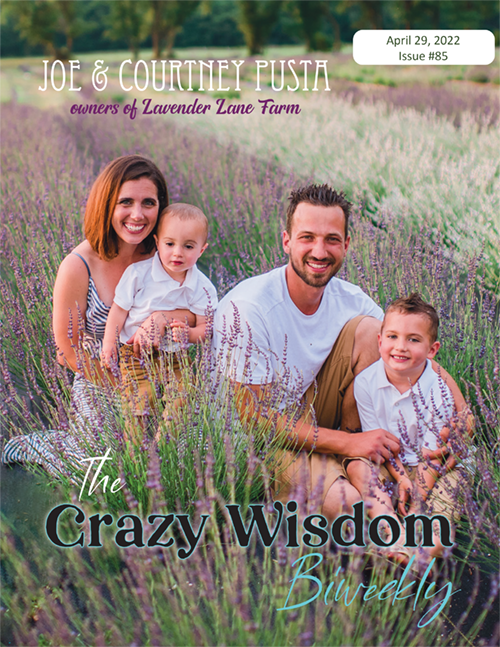


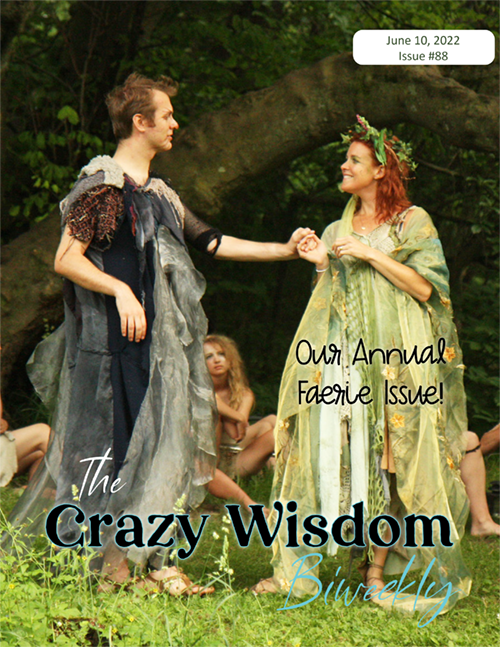
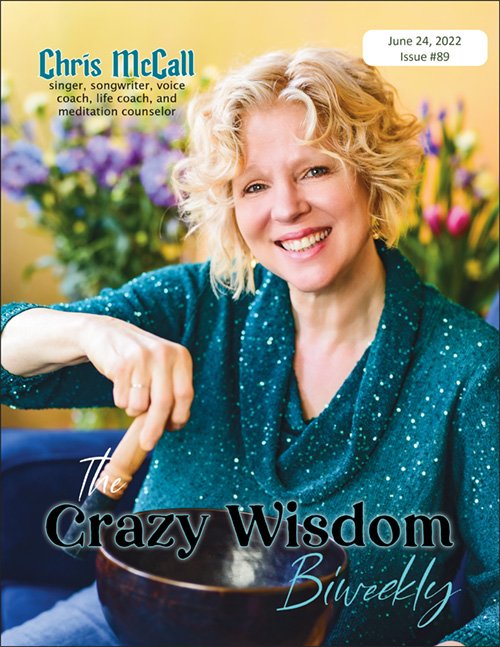

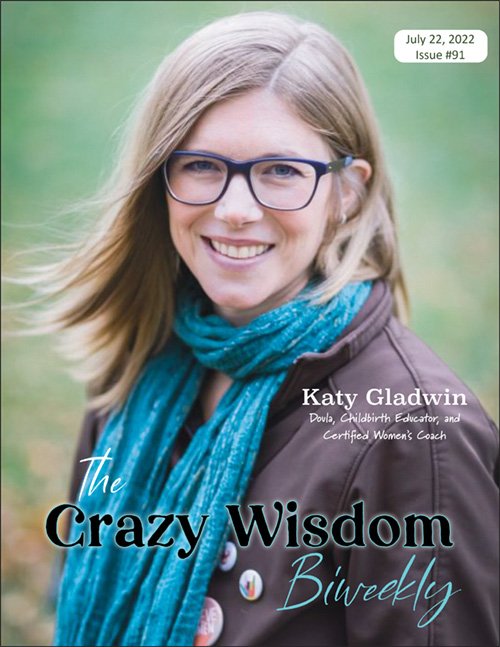
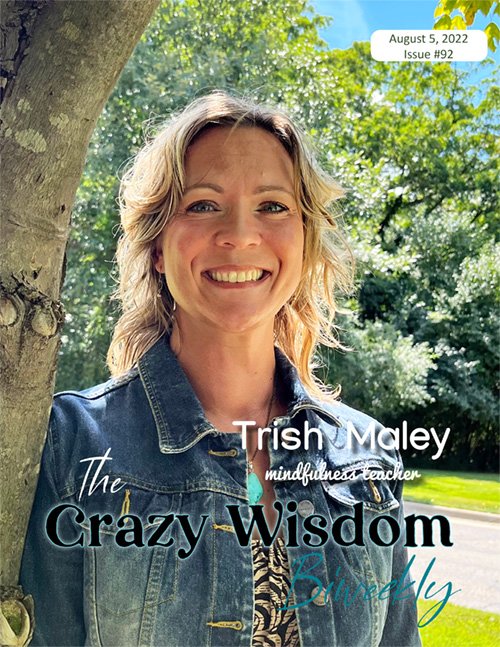
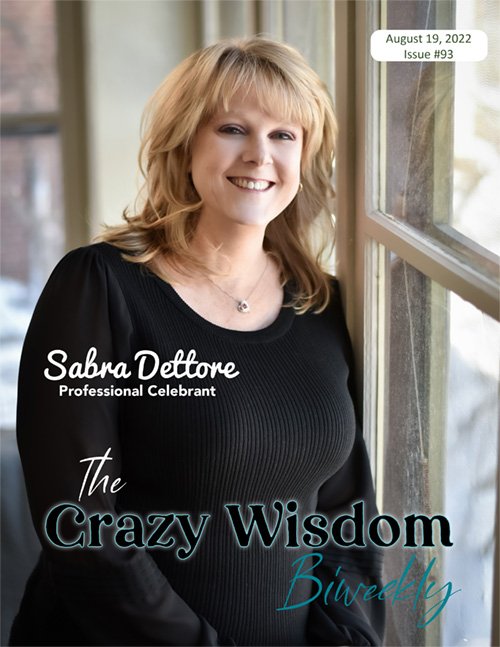
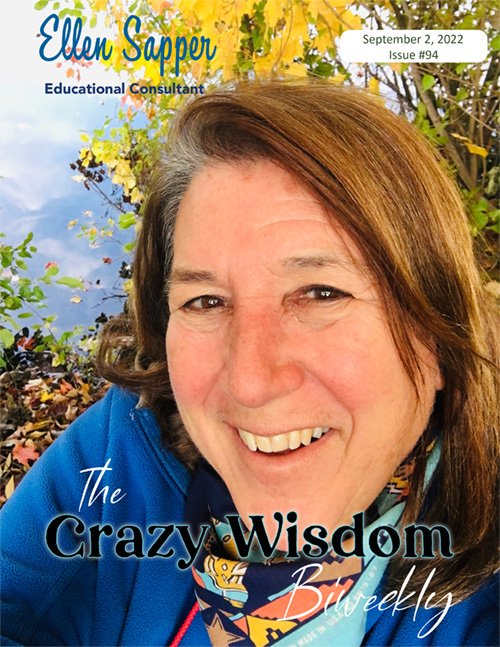
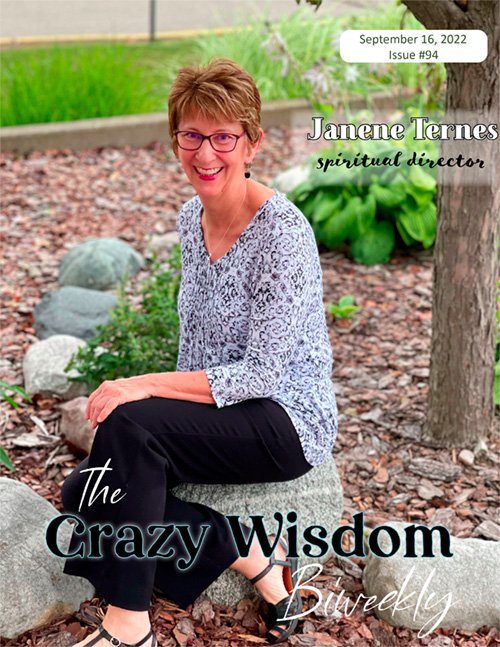
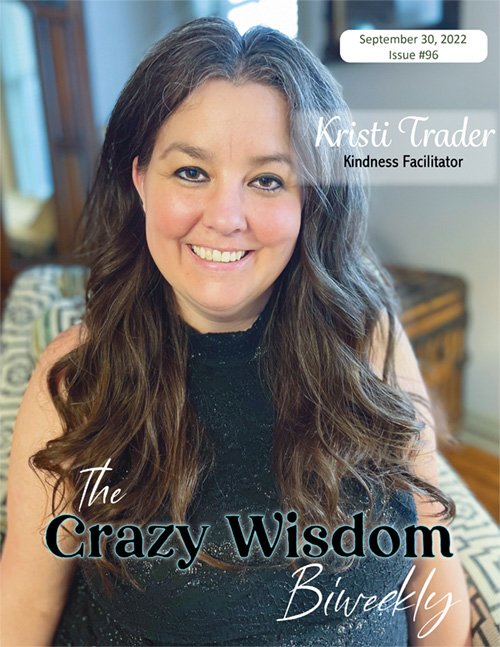
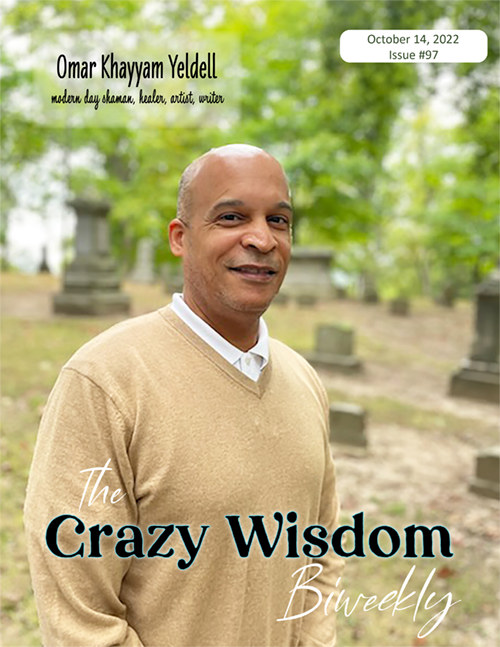



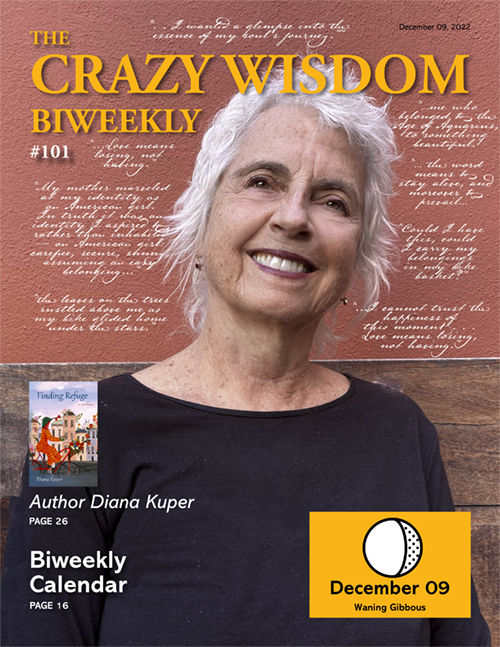
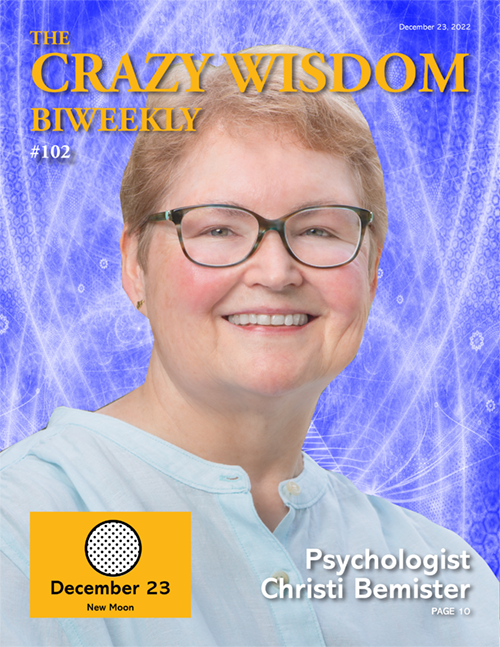

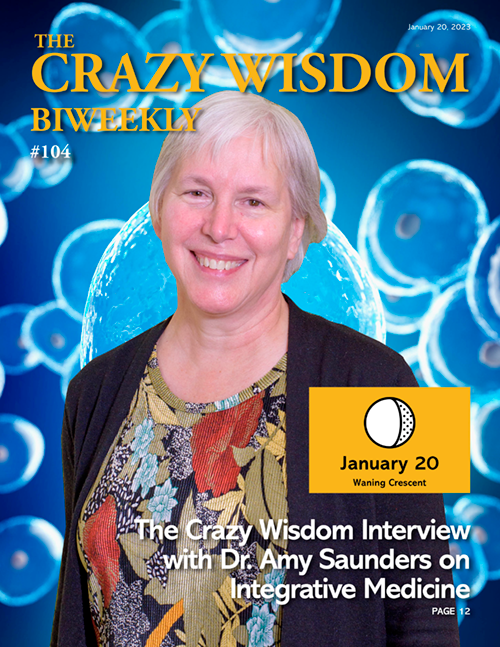



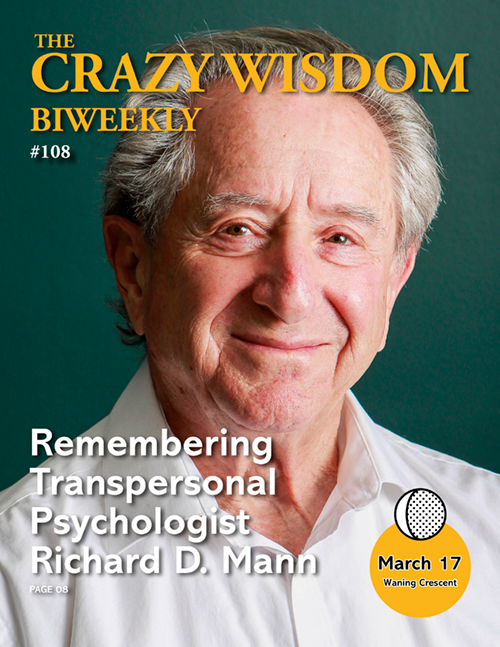
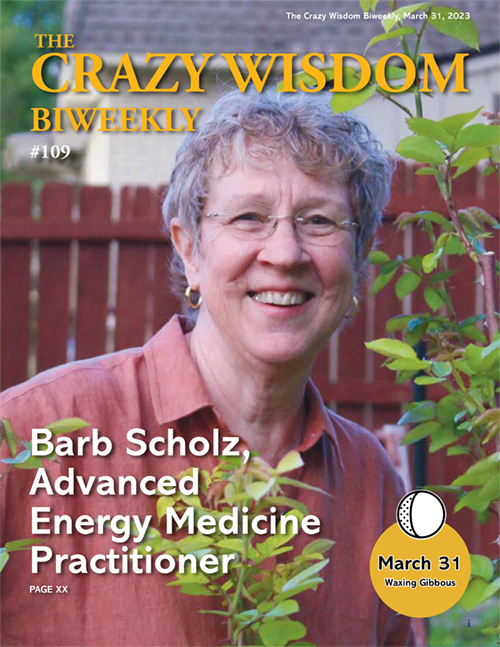
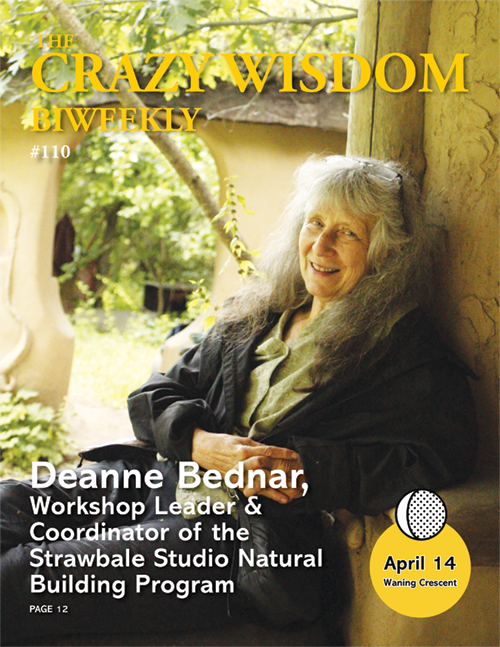
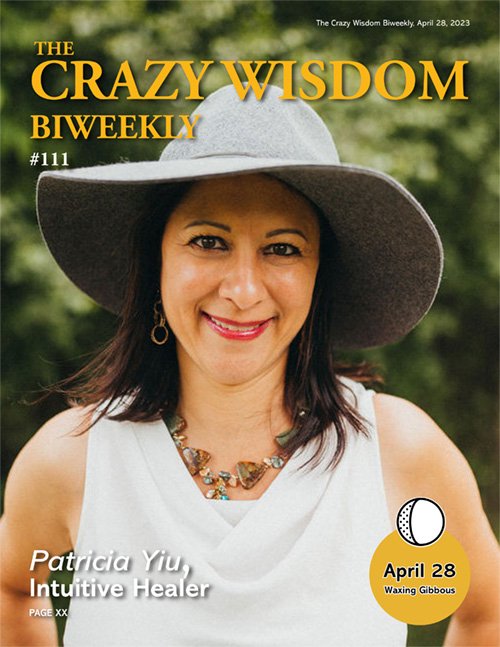
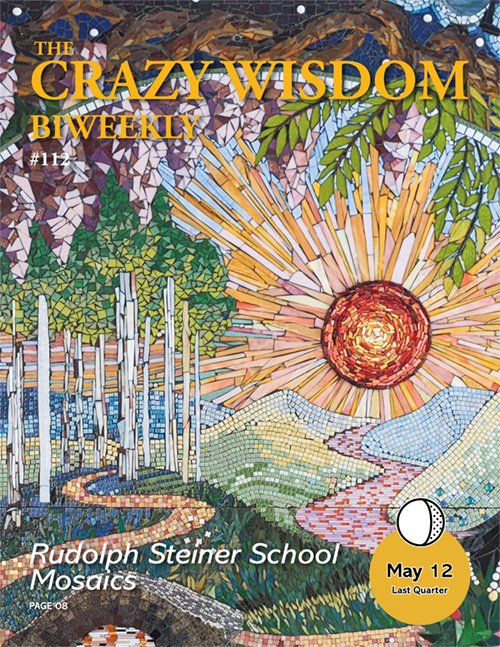
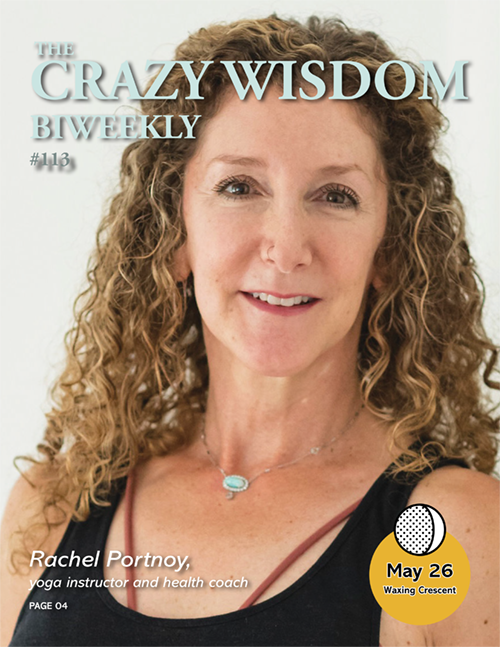
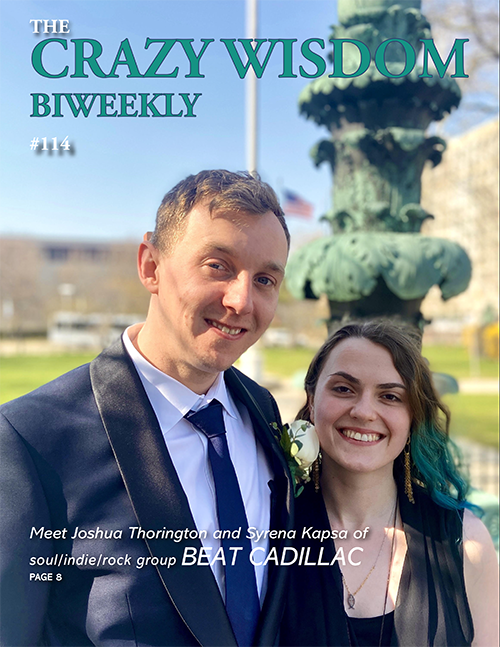
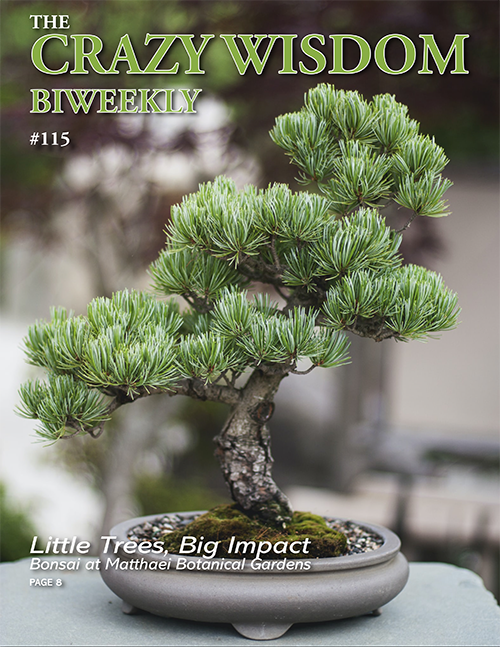
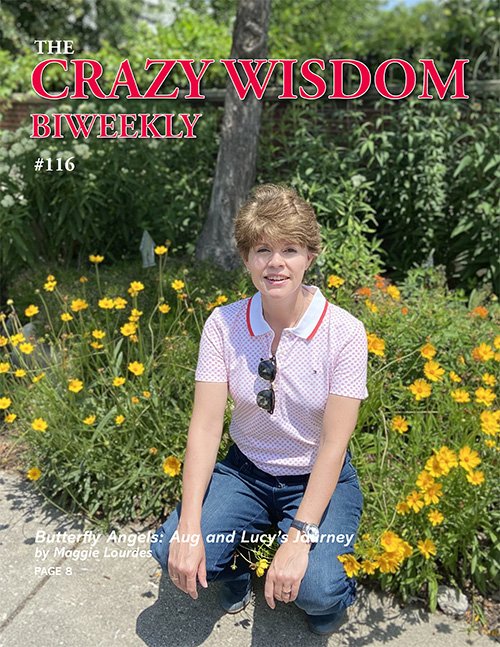
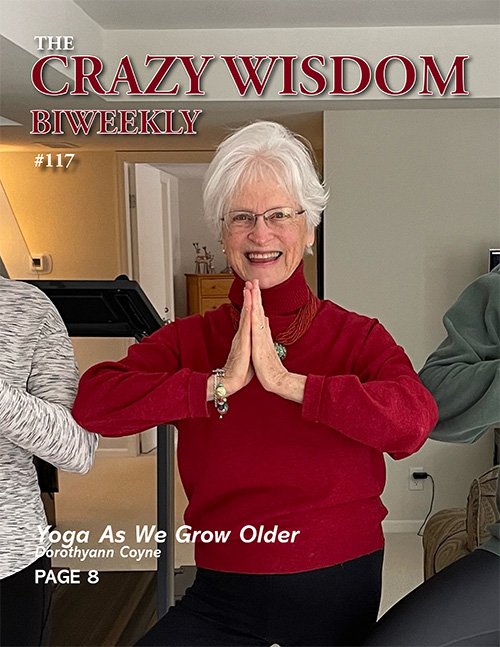
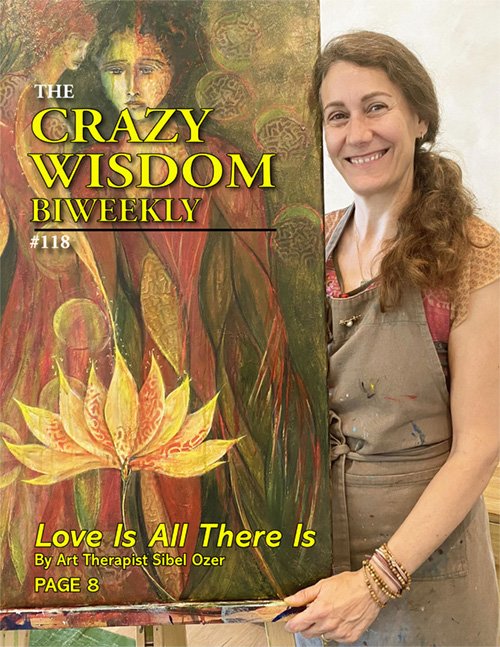
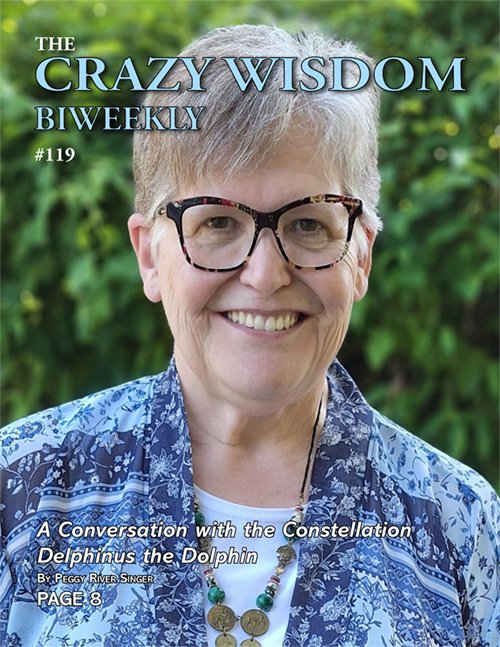
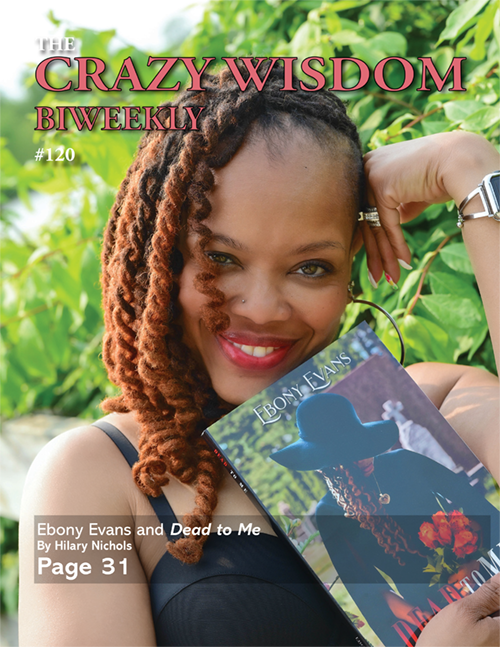
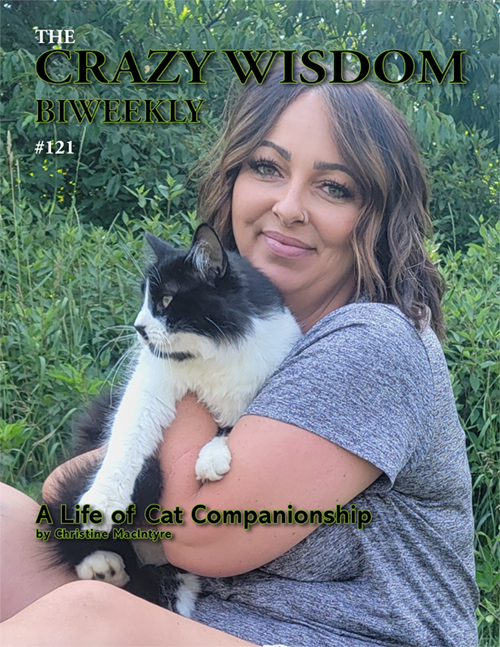
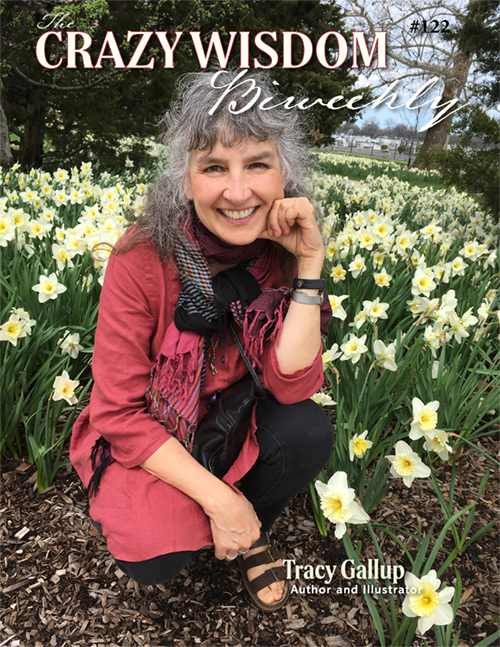
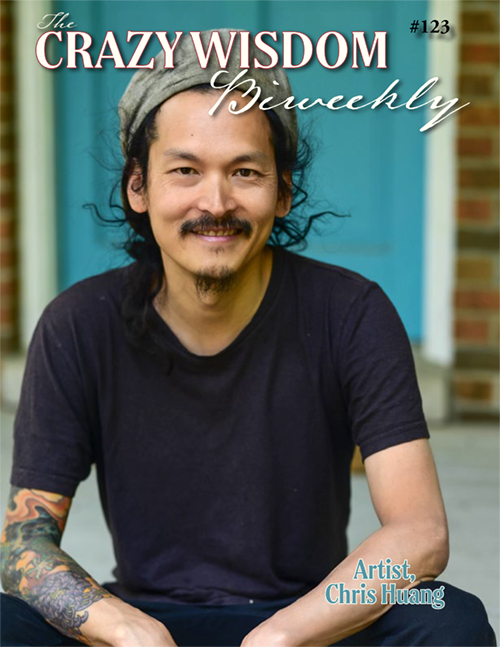

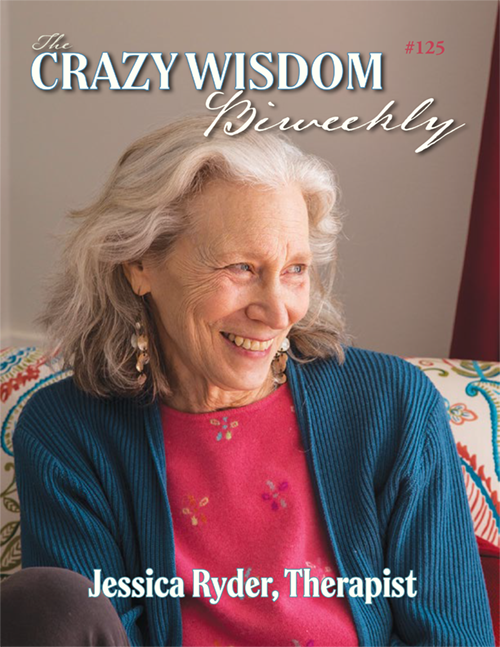

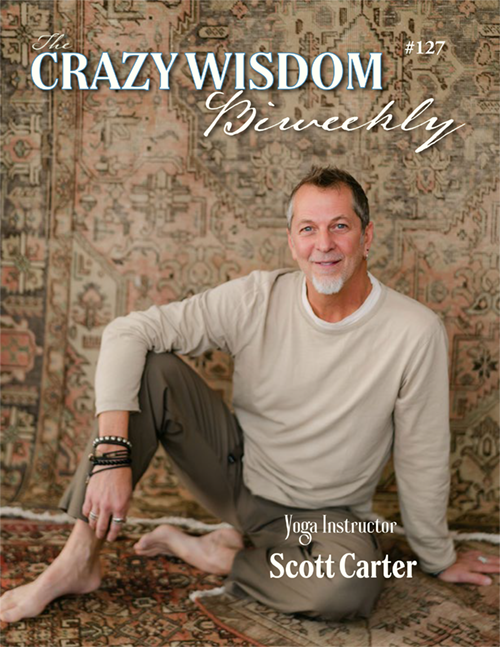

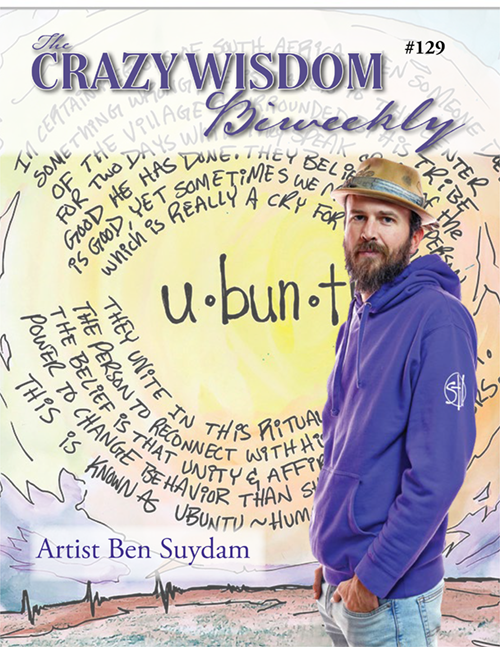
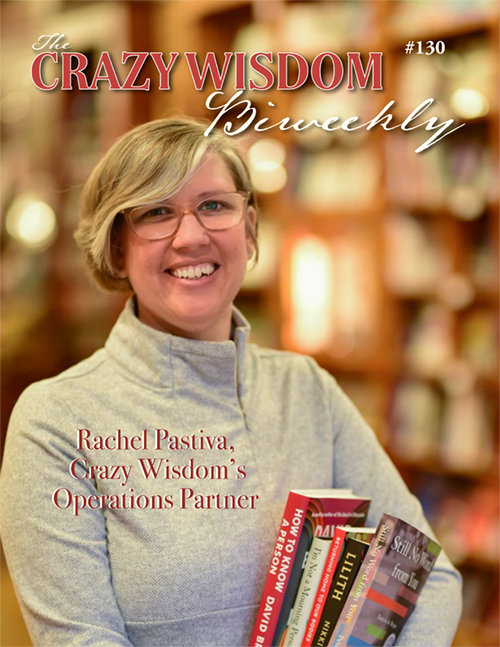
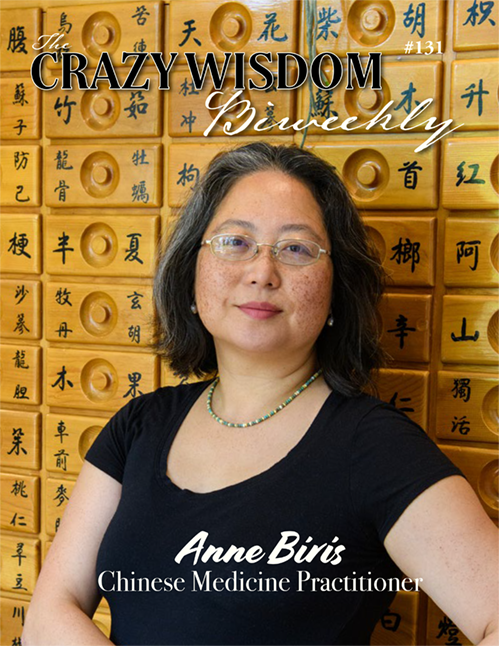
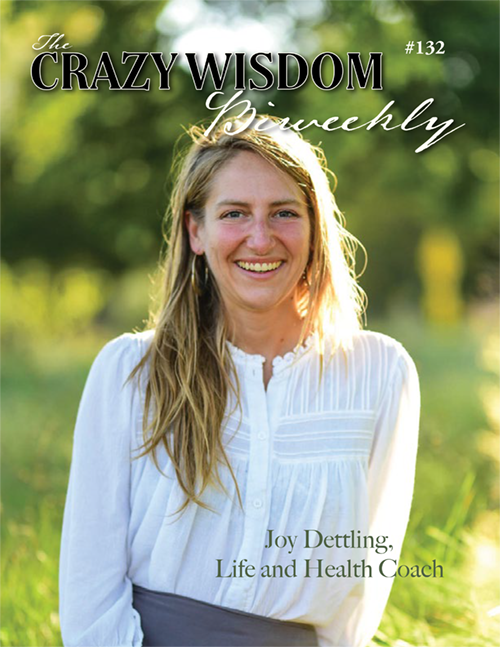
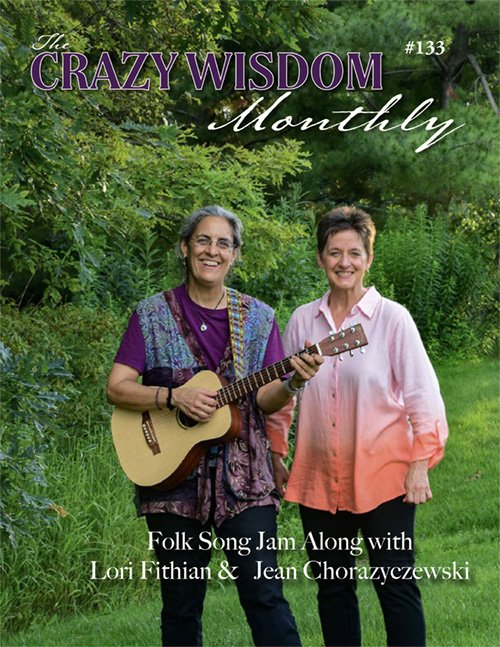











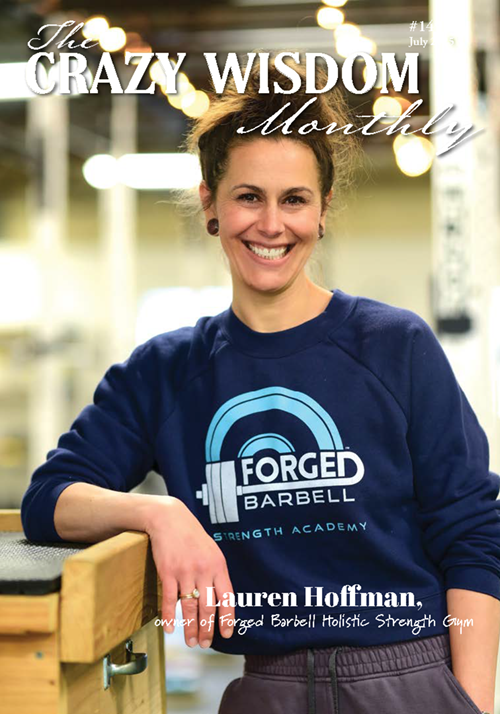
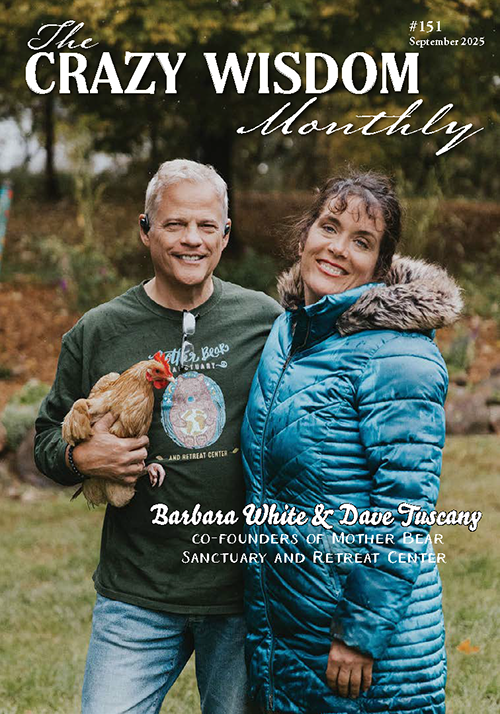
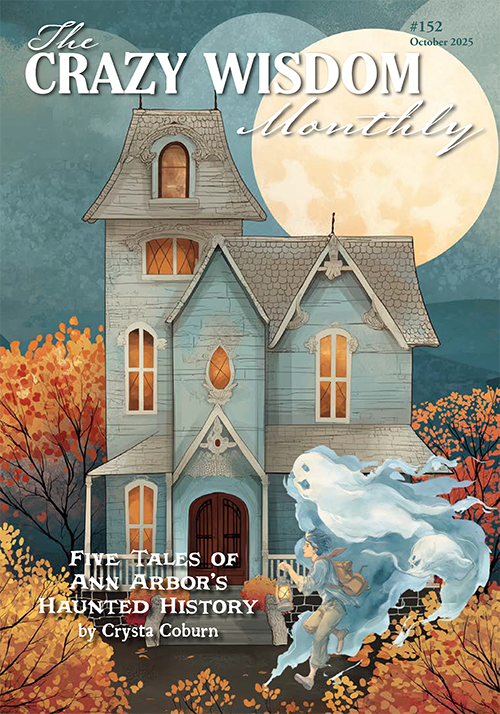
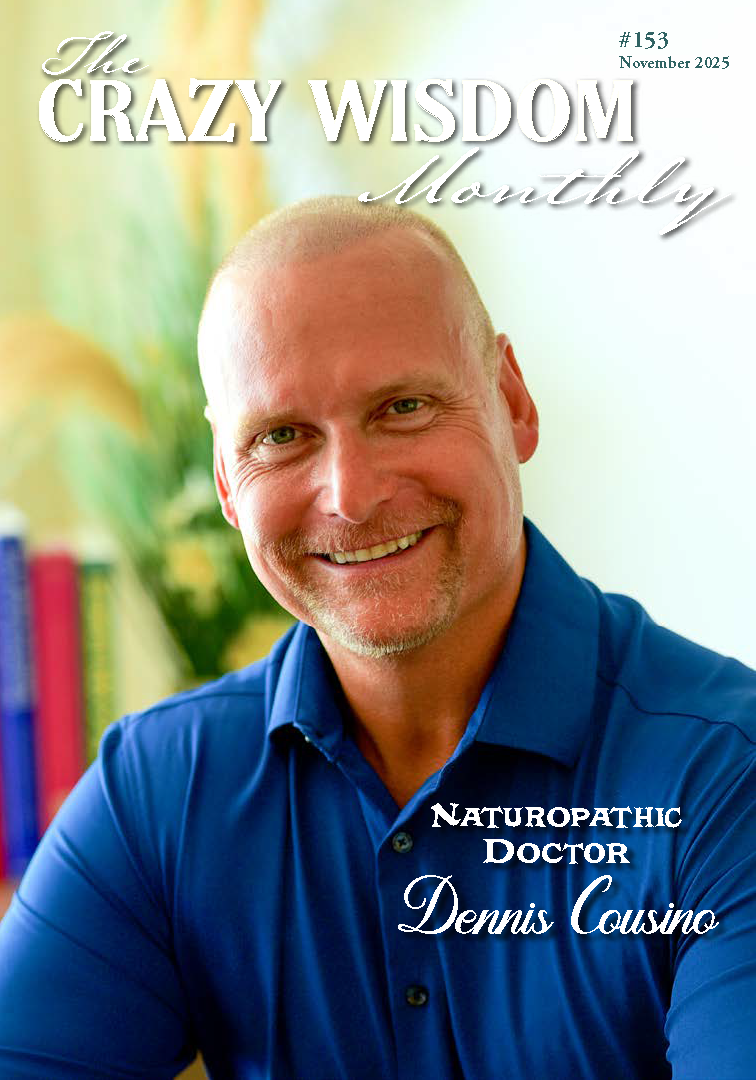
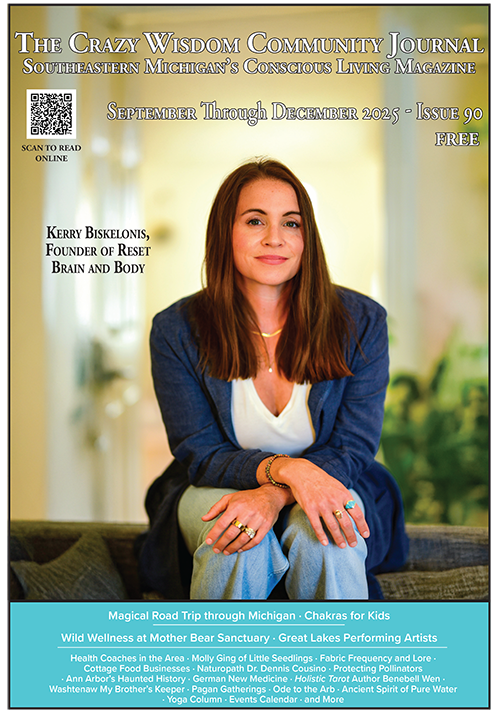







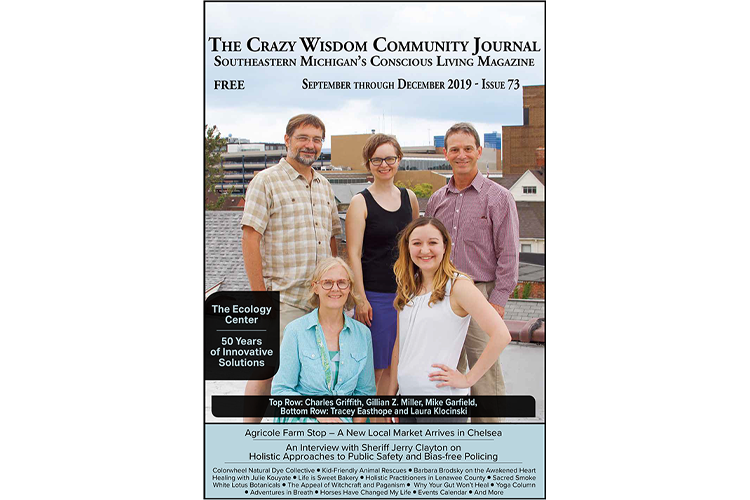

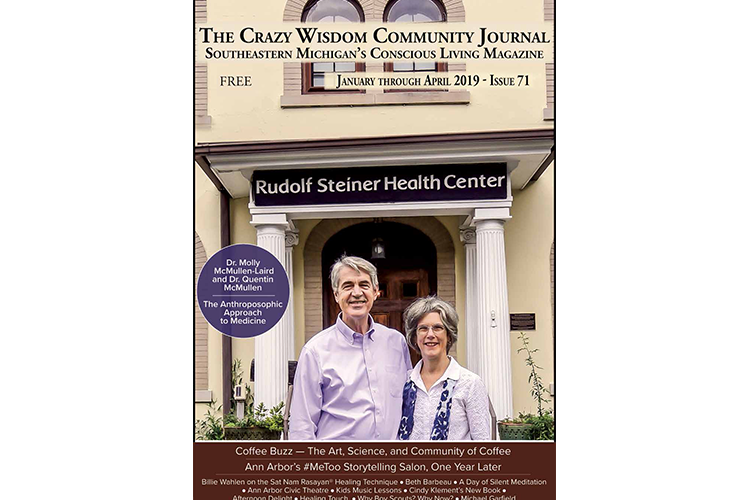
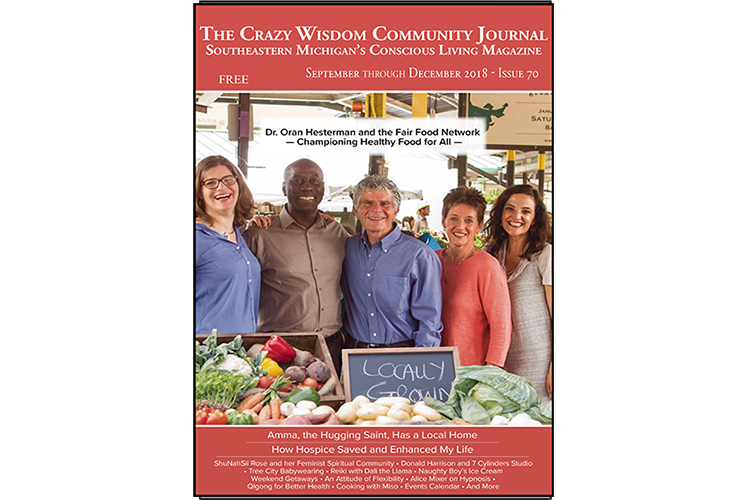

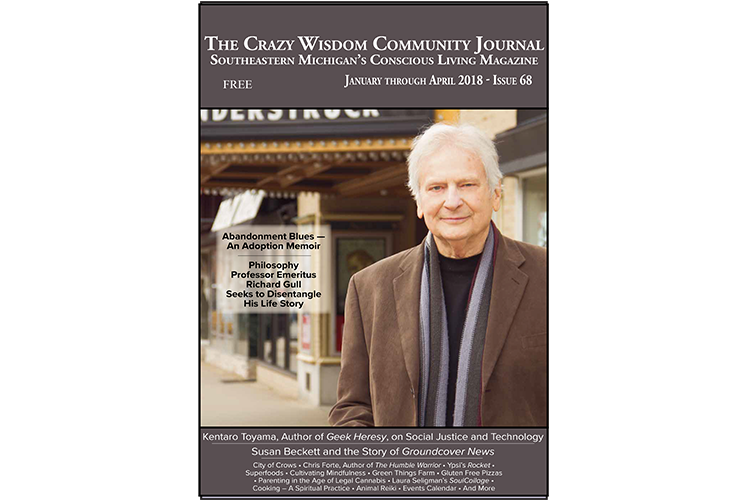
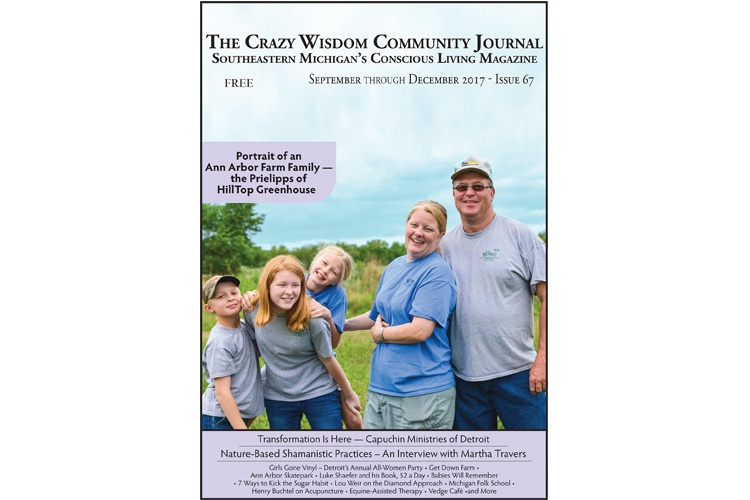

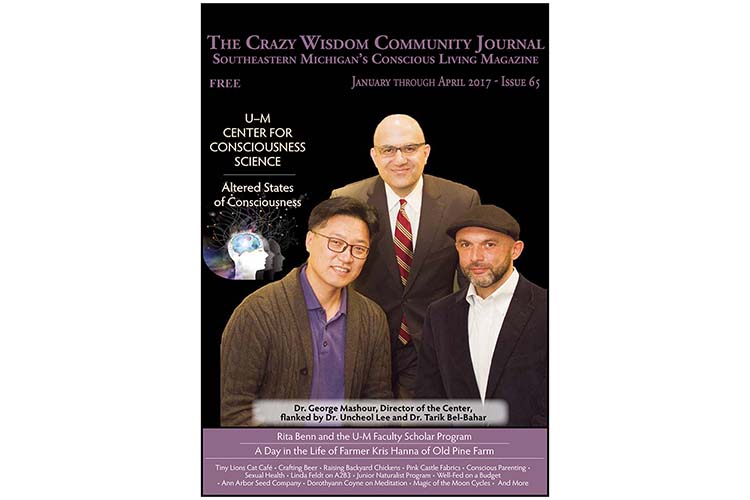
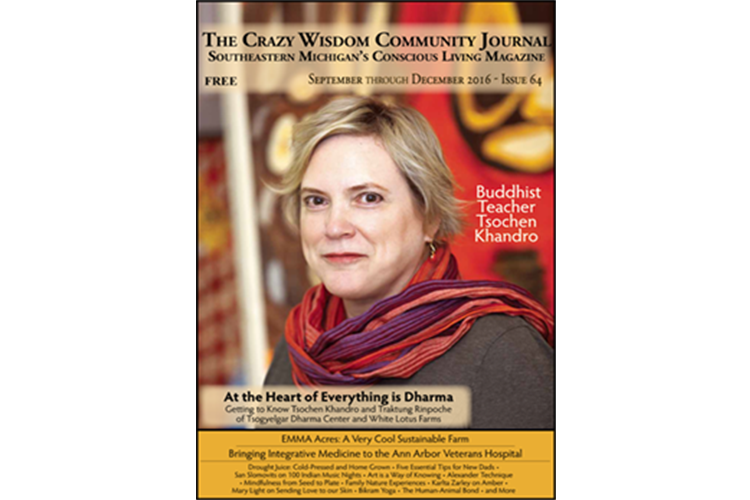






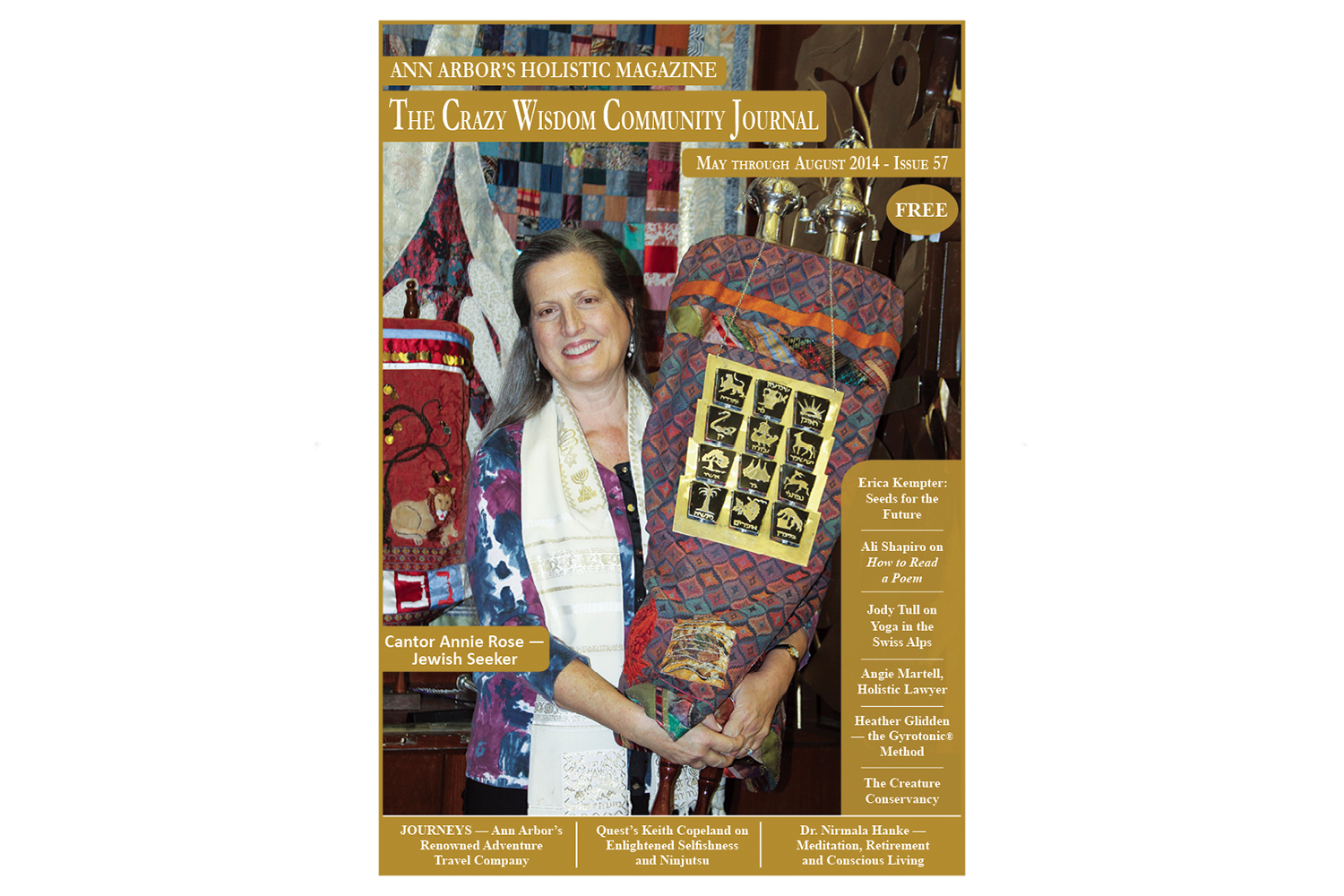

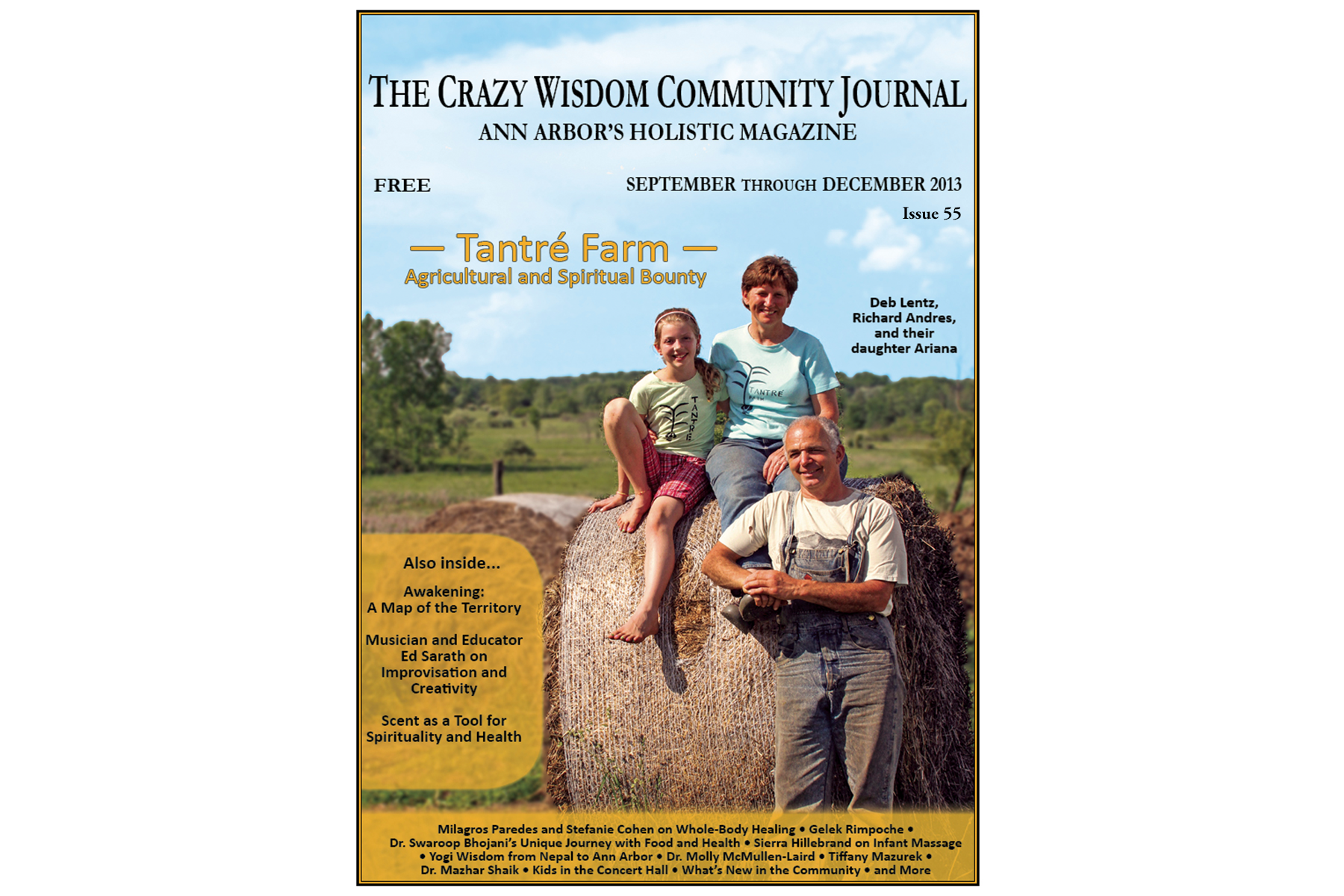


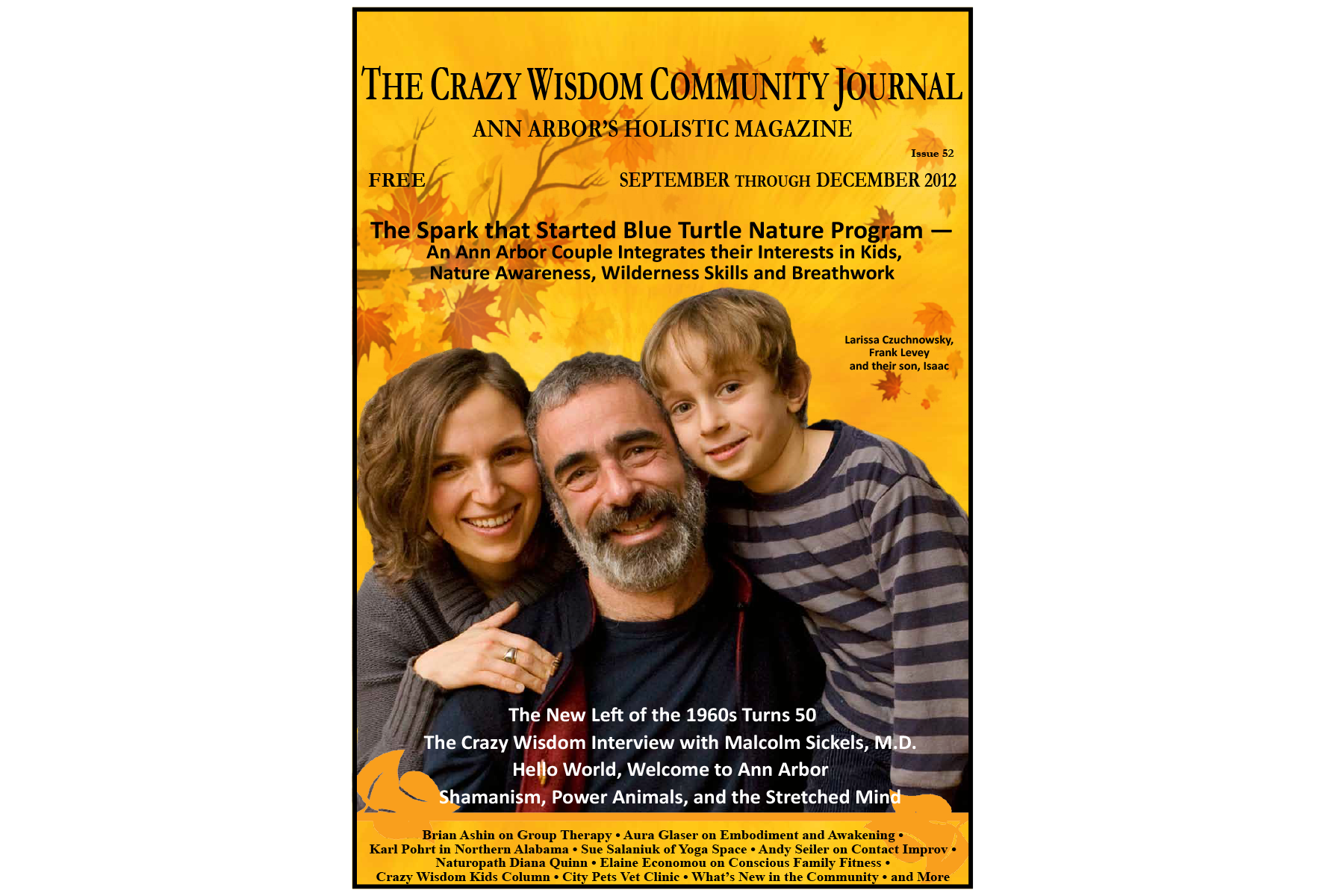
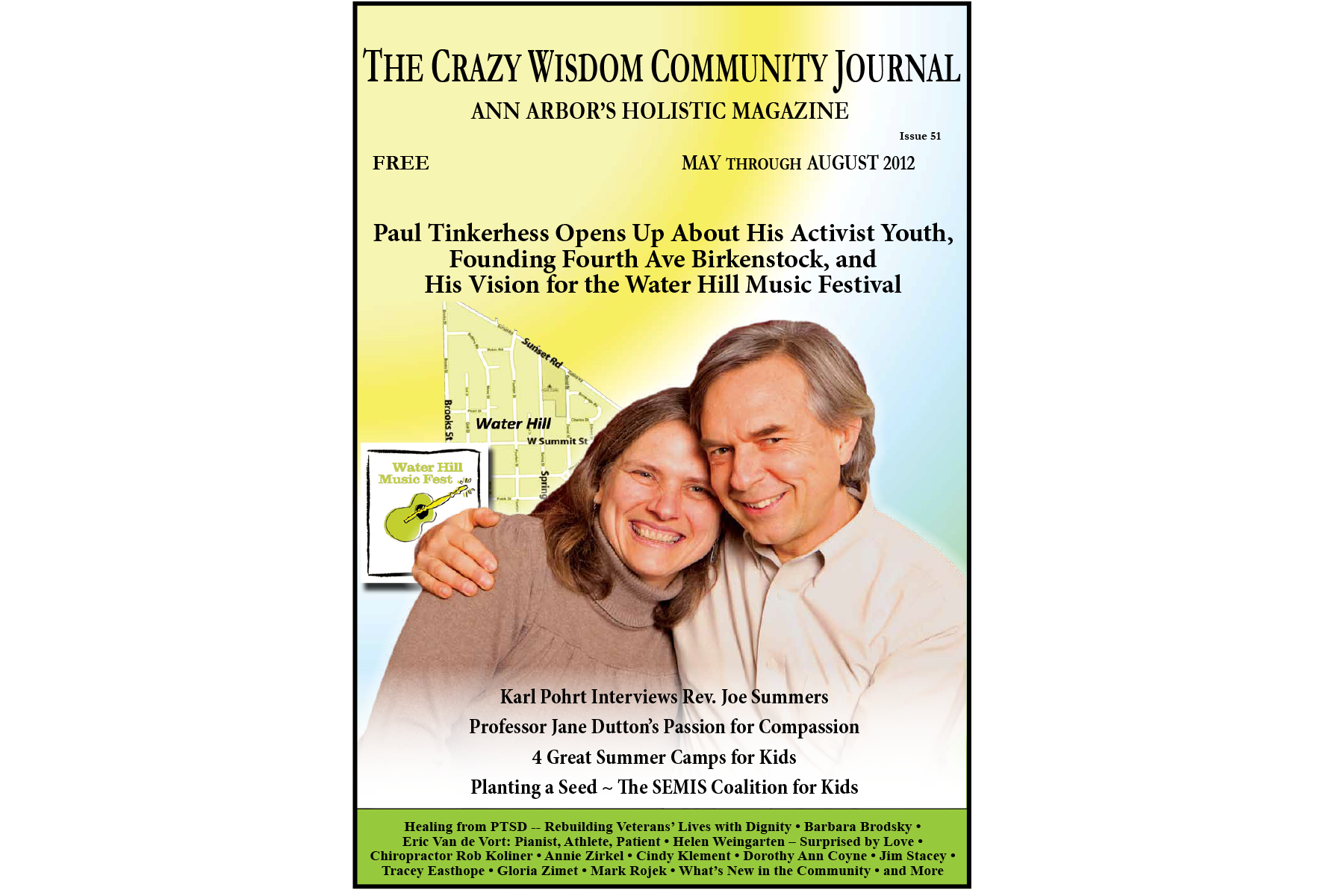
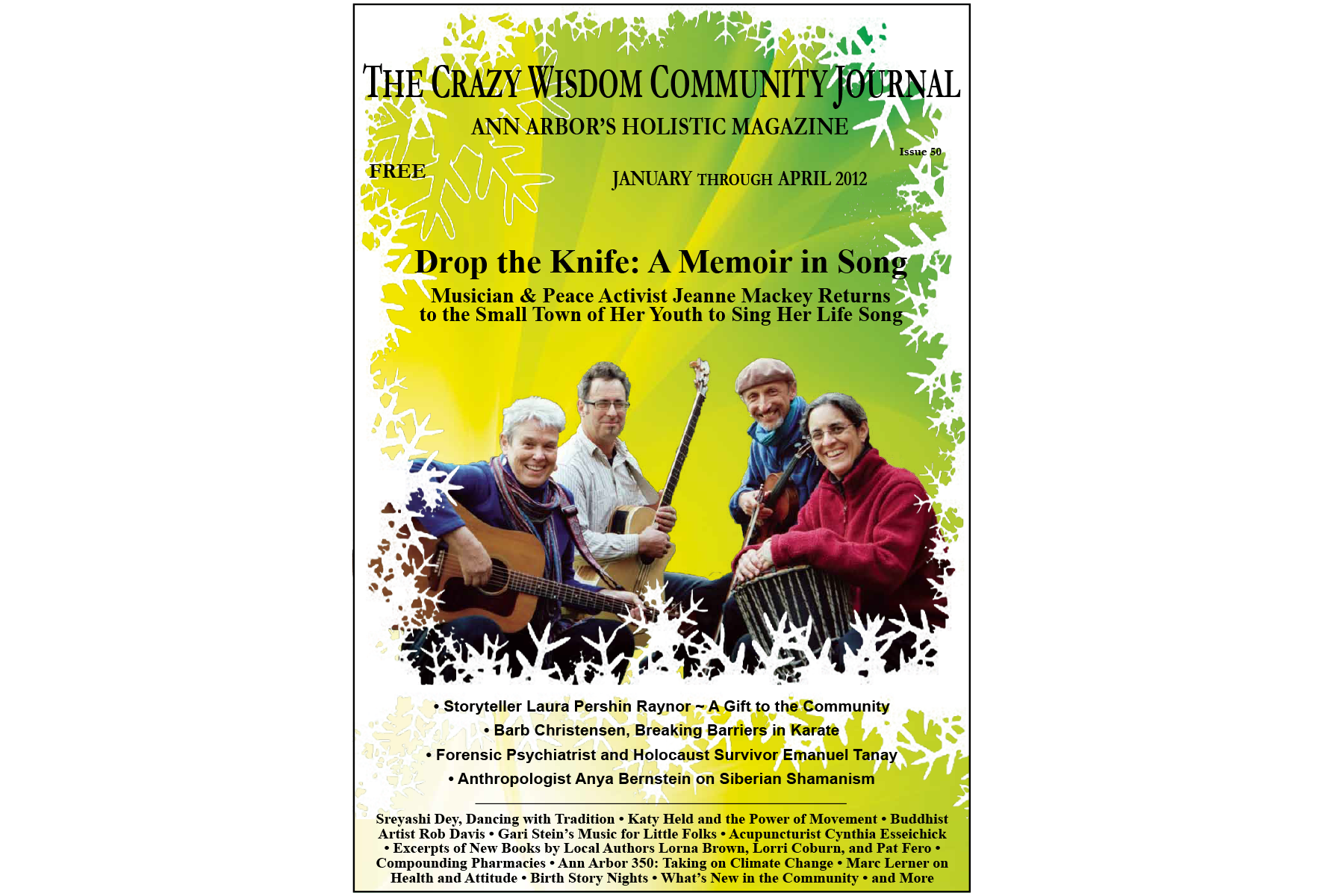
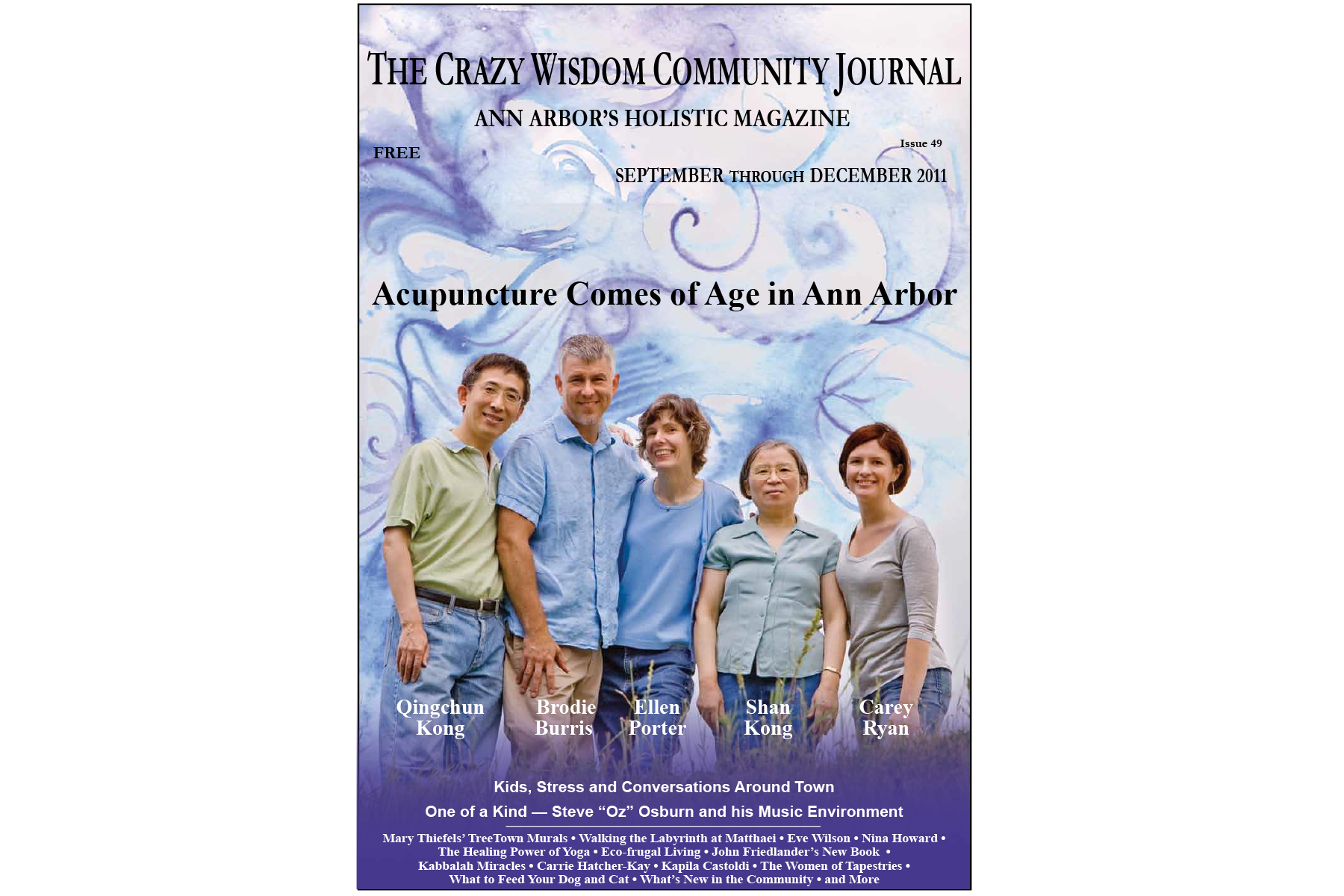
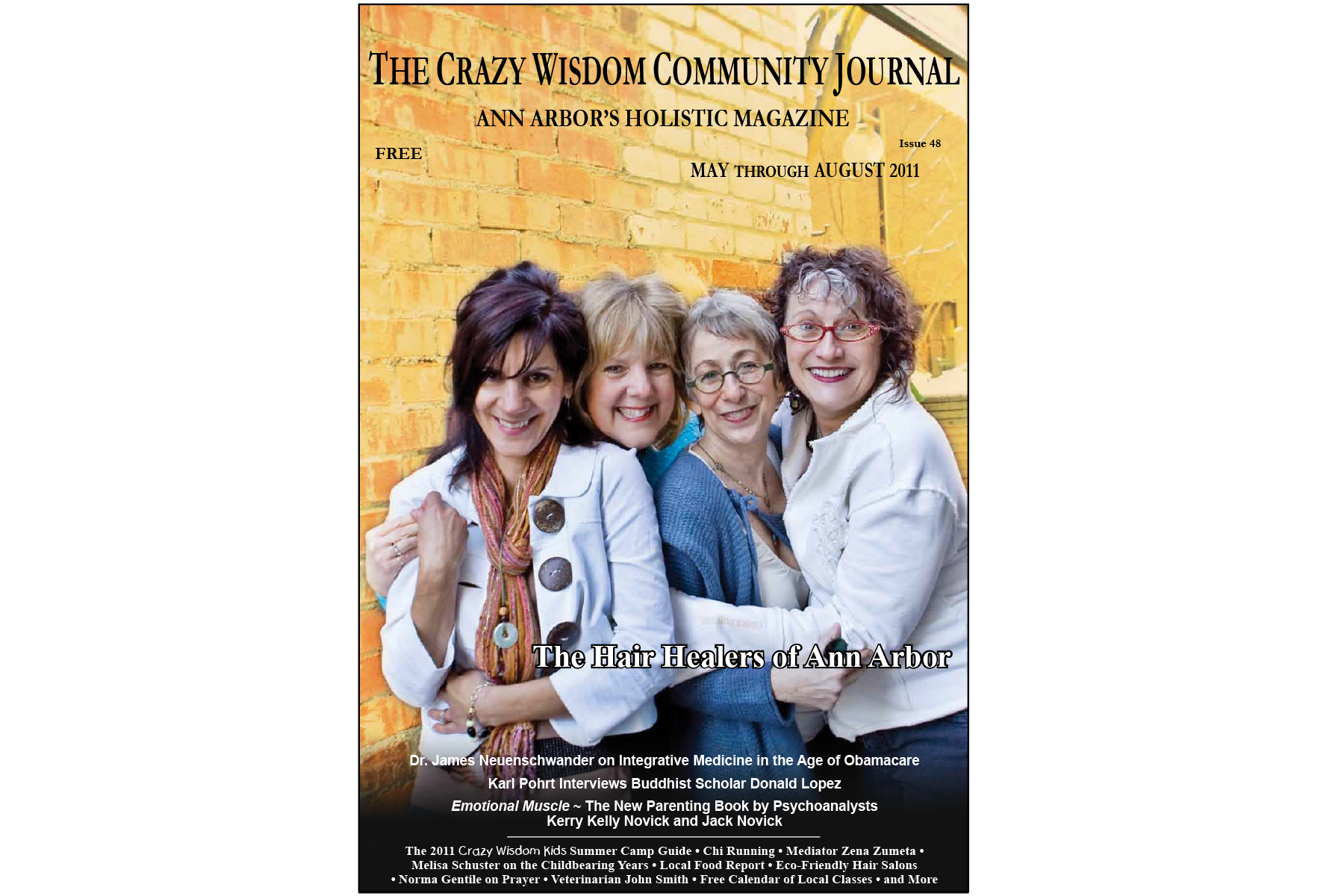
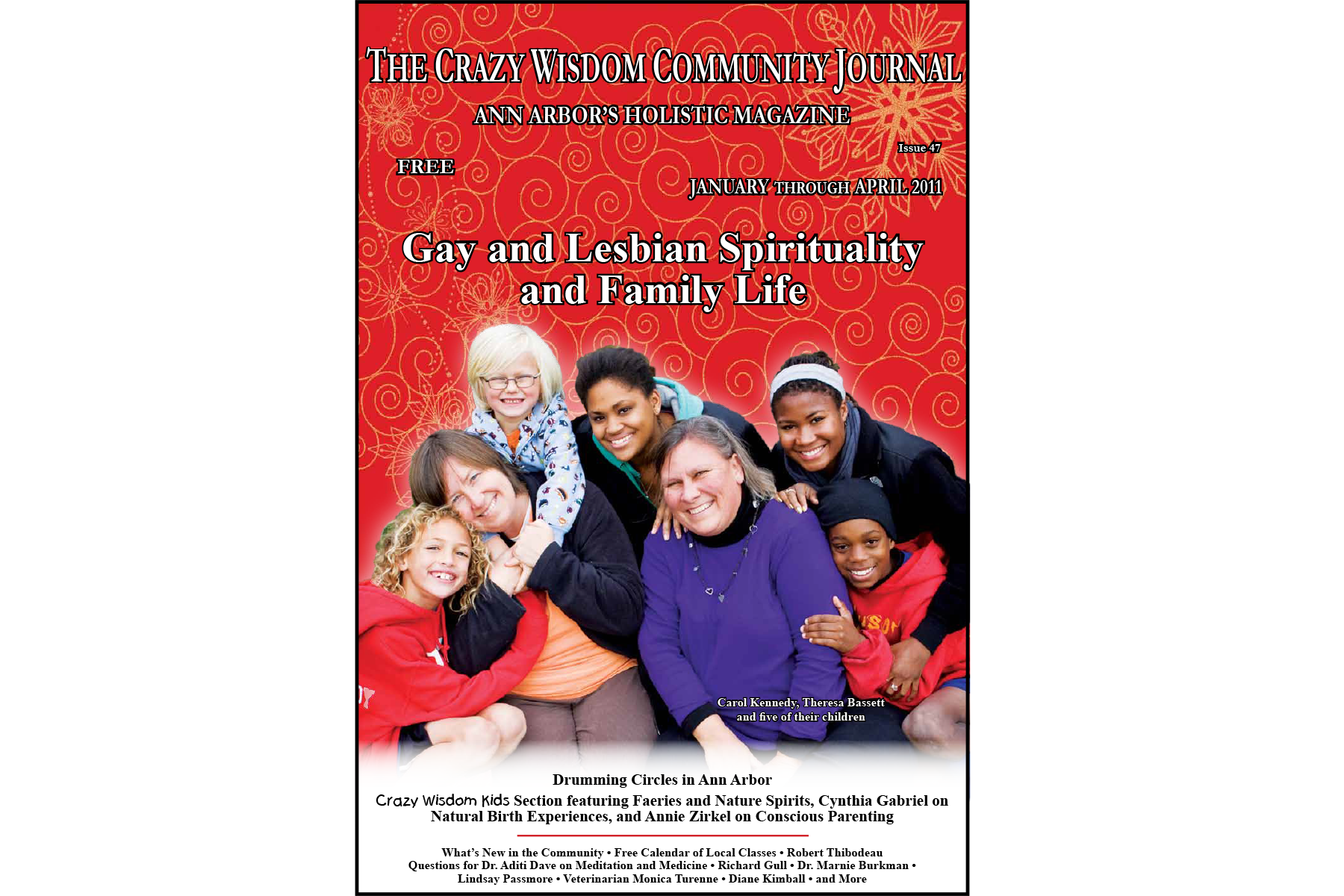
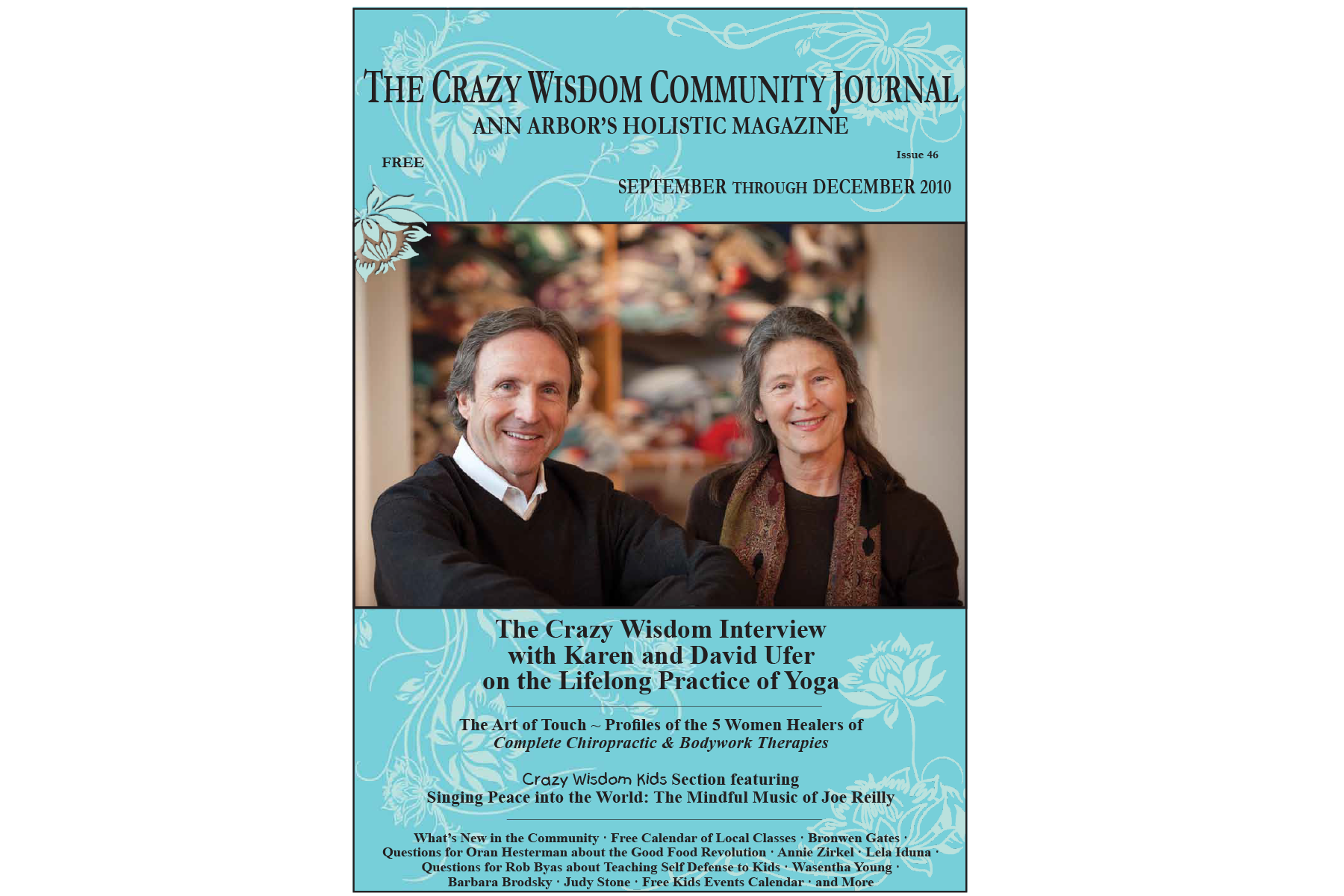
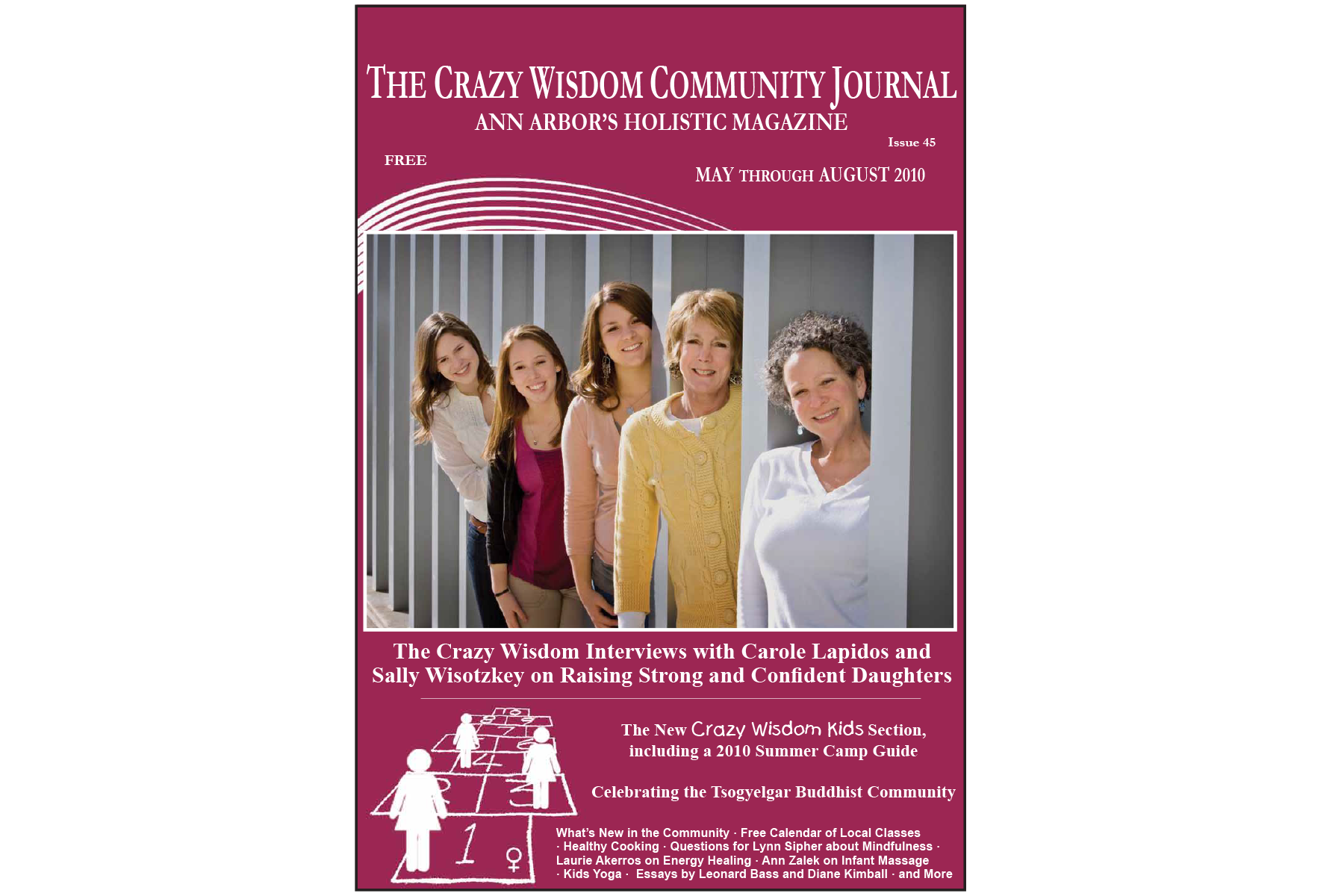
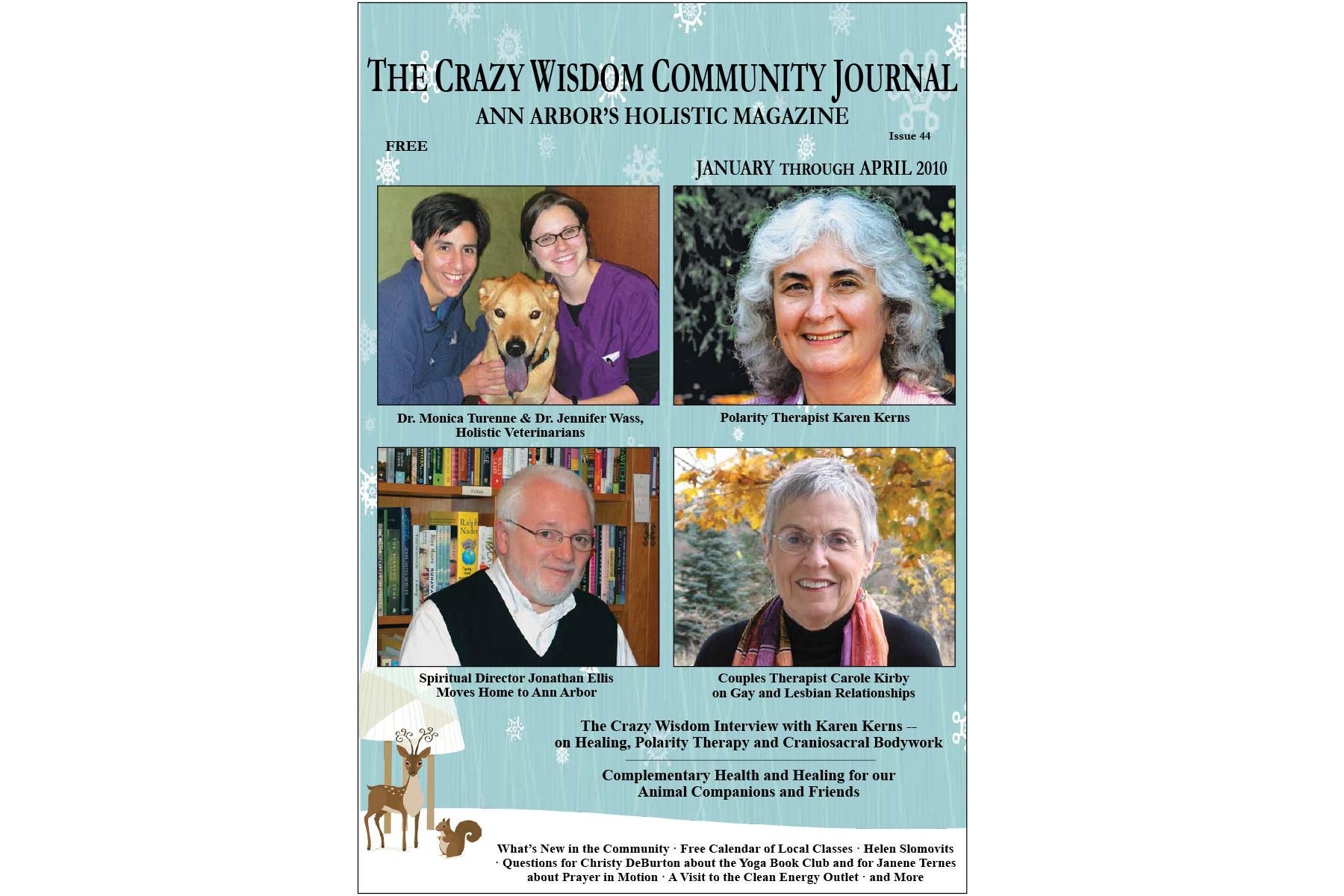



It’s the time of year where the wind is nipping at your winter coat and the gopher may or may not have already seen its shadow. Many Michiganders may opt to stay indoors while the final weeks of winter thaw to spring, but Kirk Coppernoll of Sugar Shack Experiences in Grass Lake insists that these are actually the proper months to tap a maple tree and sip a maple cocktail in the woods. Grab a tap, boil some sap, and meet some other nature-loving strangers as the syrup boils: this is the Sugar Shack.